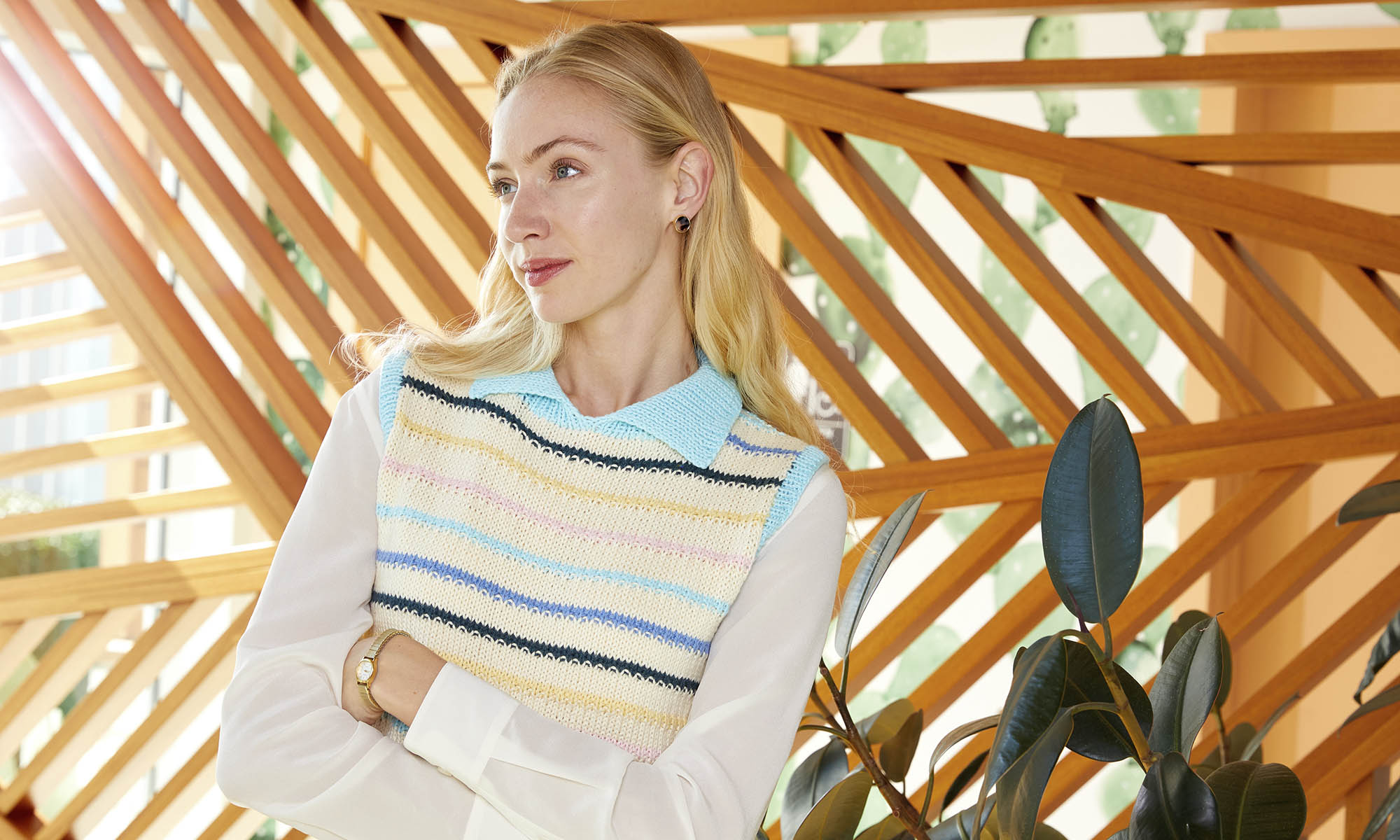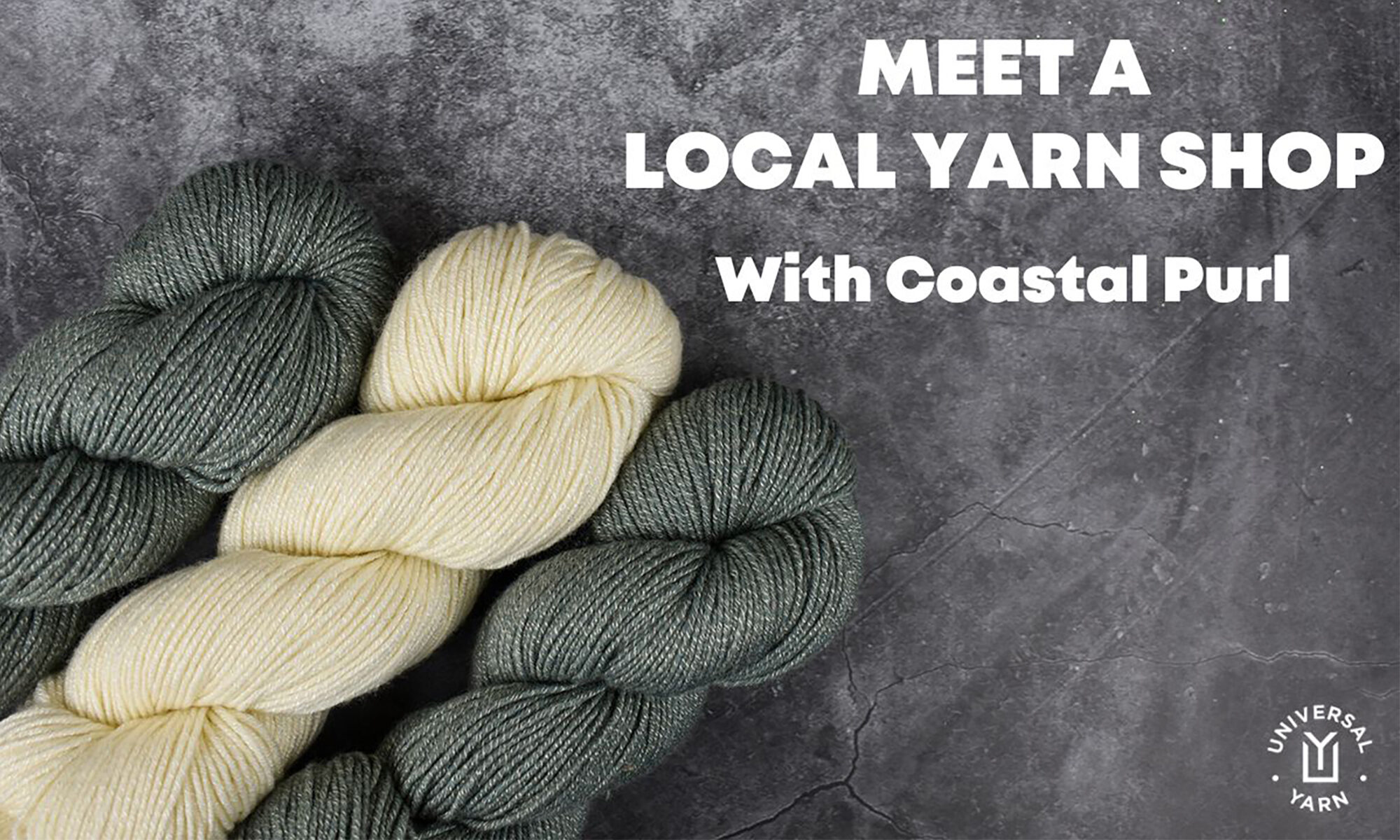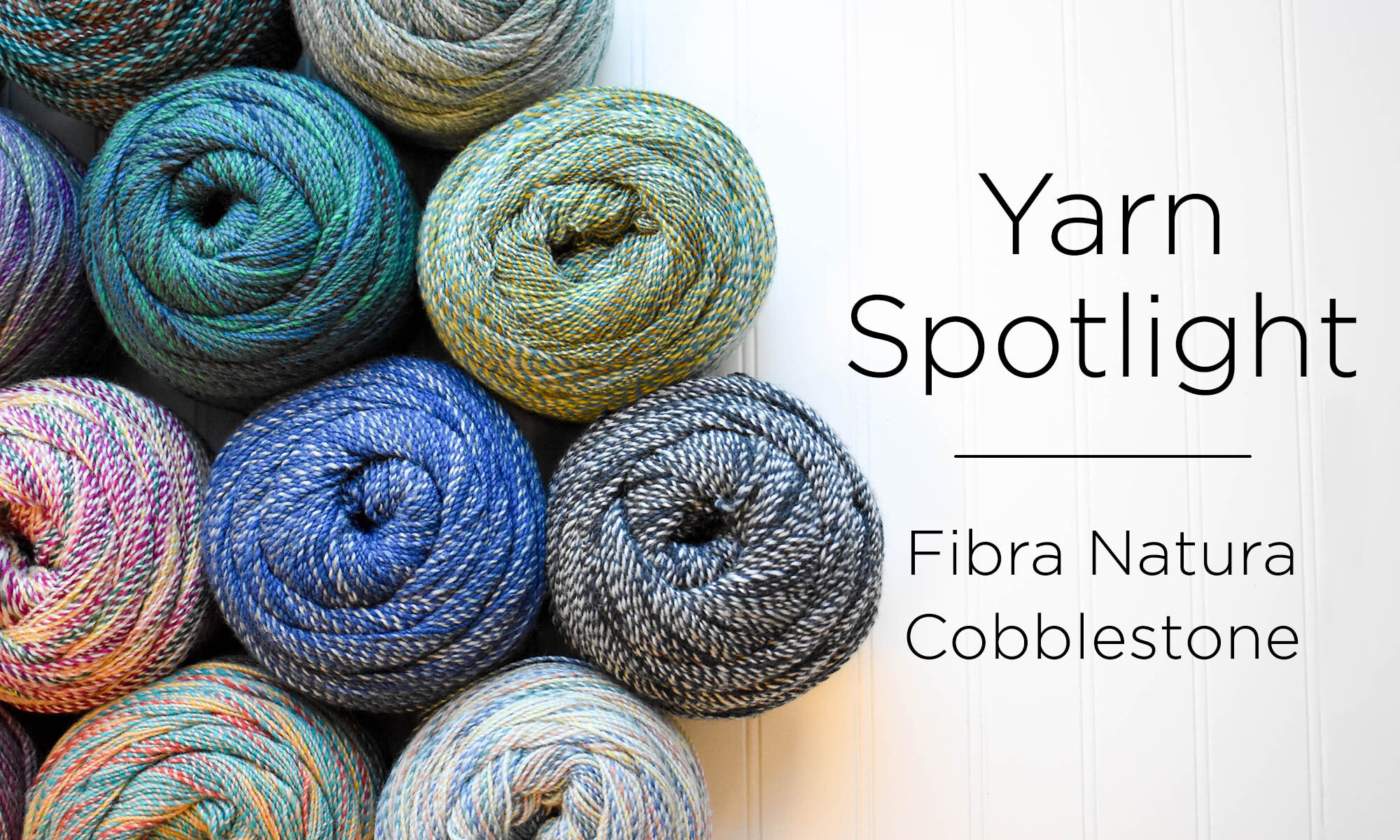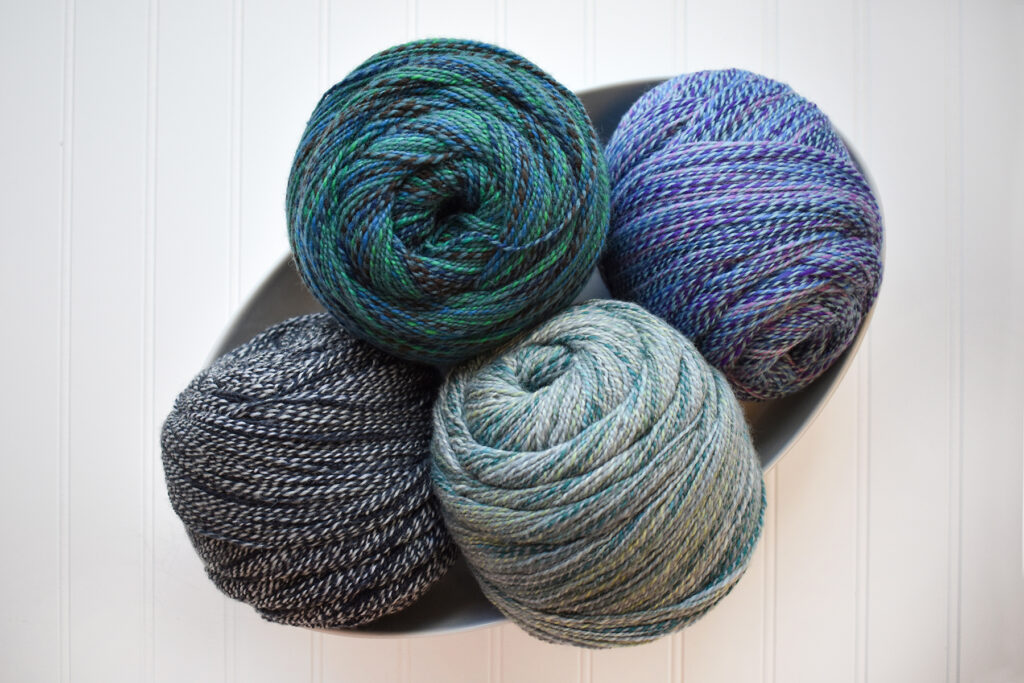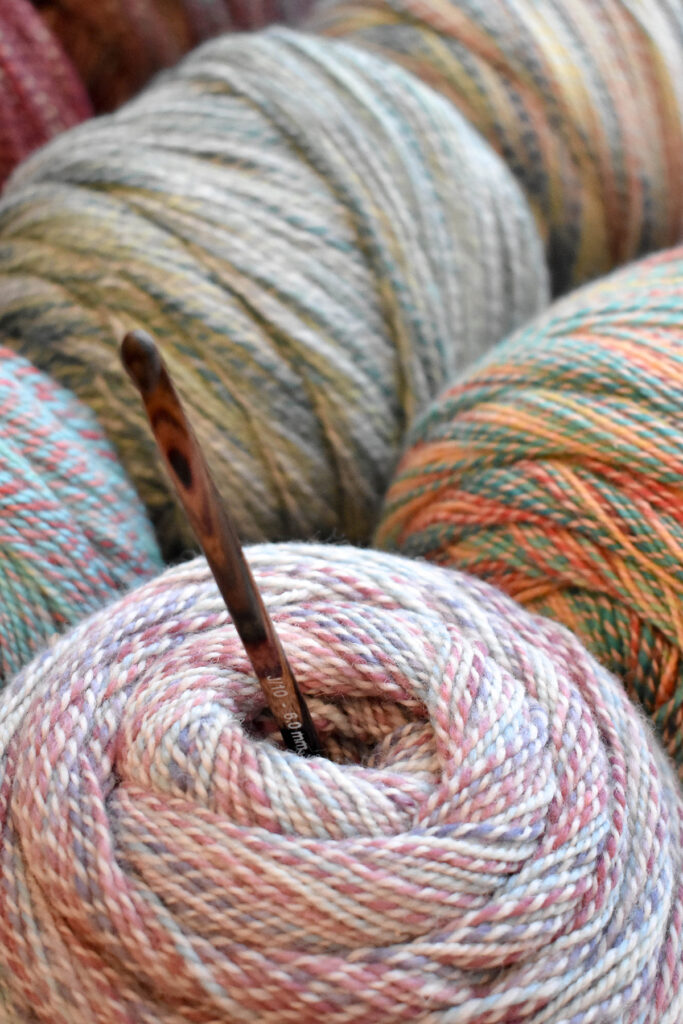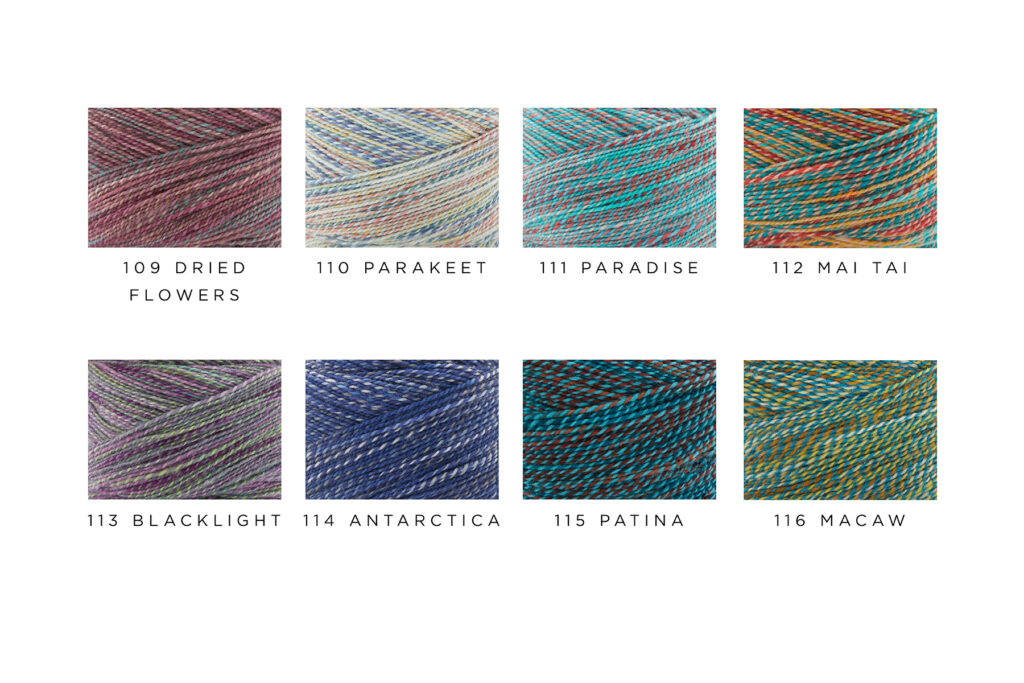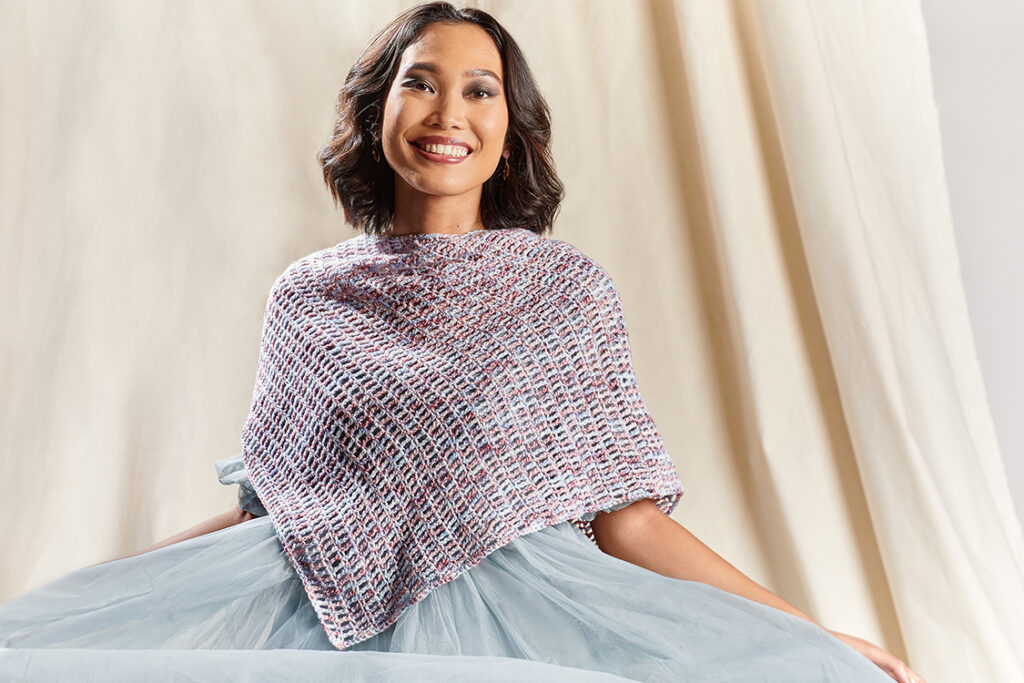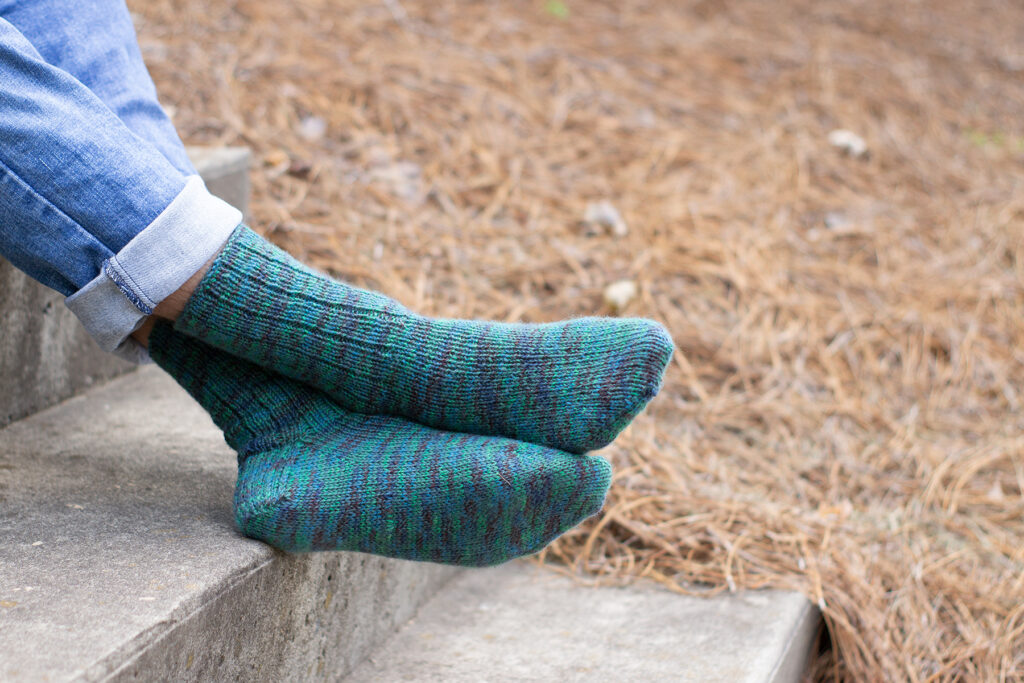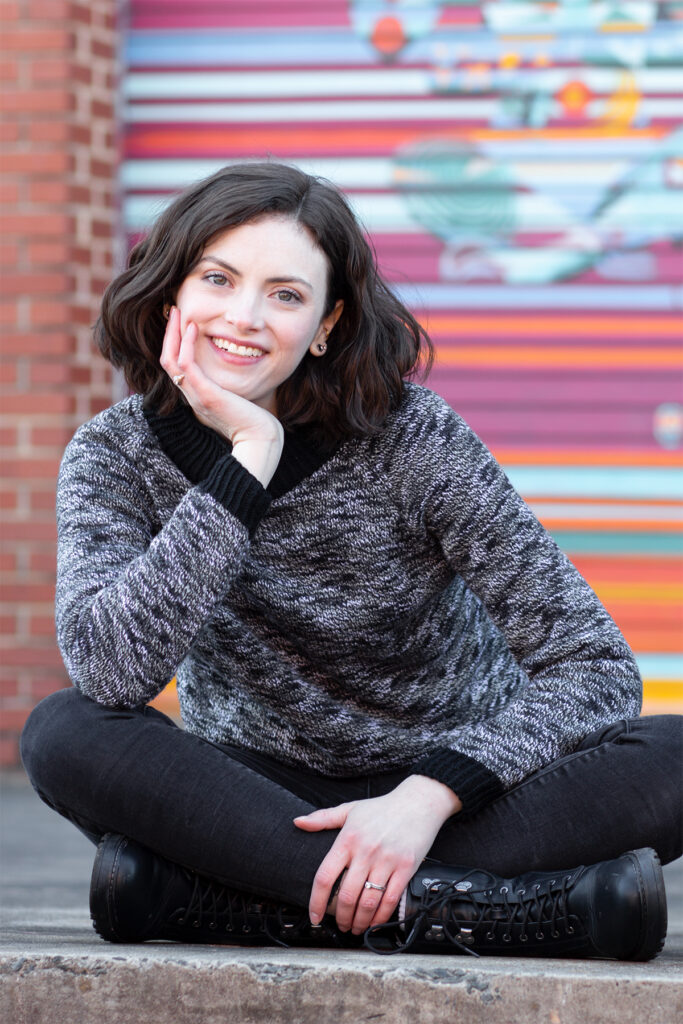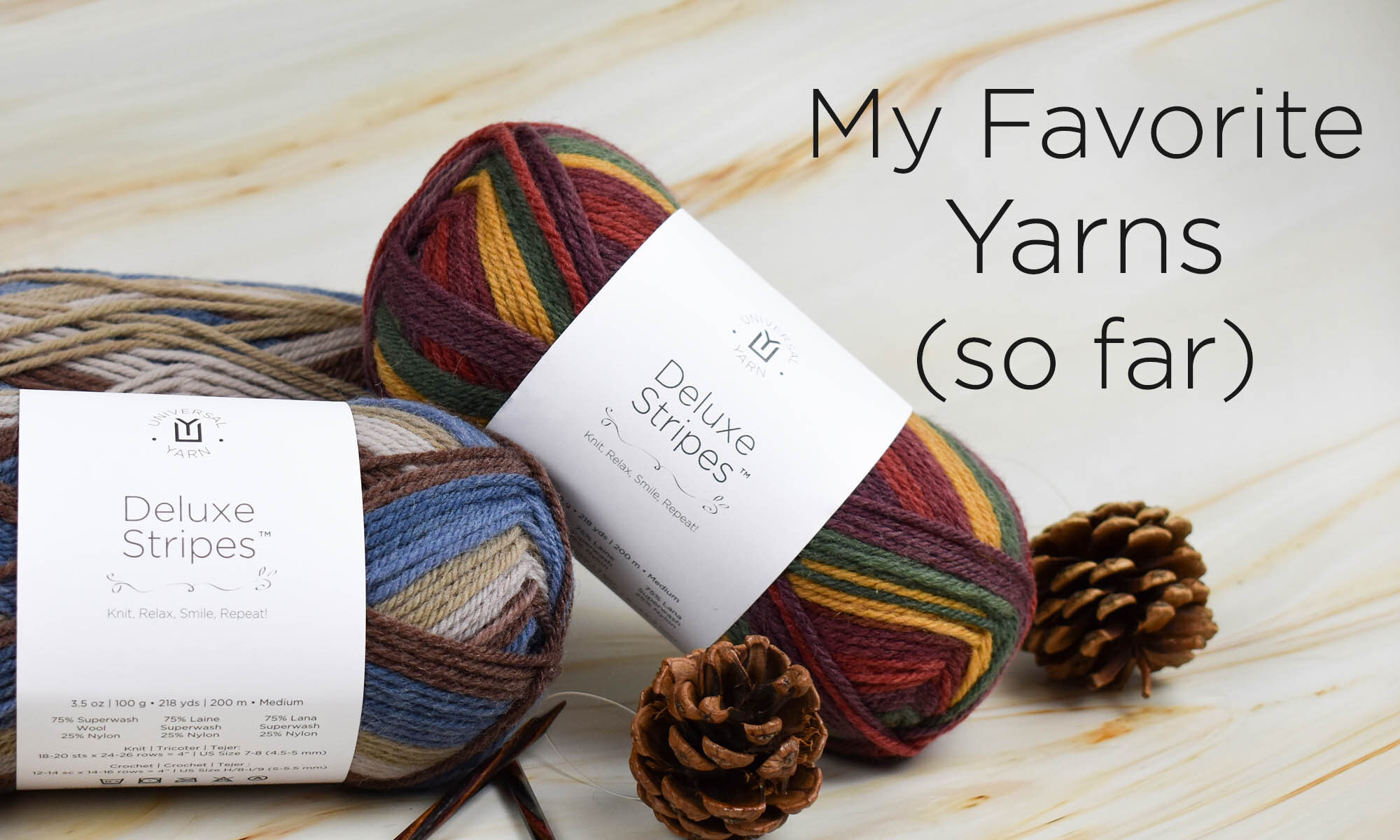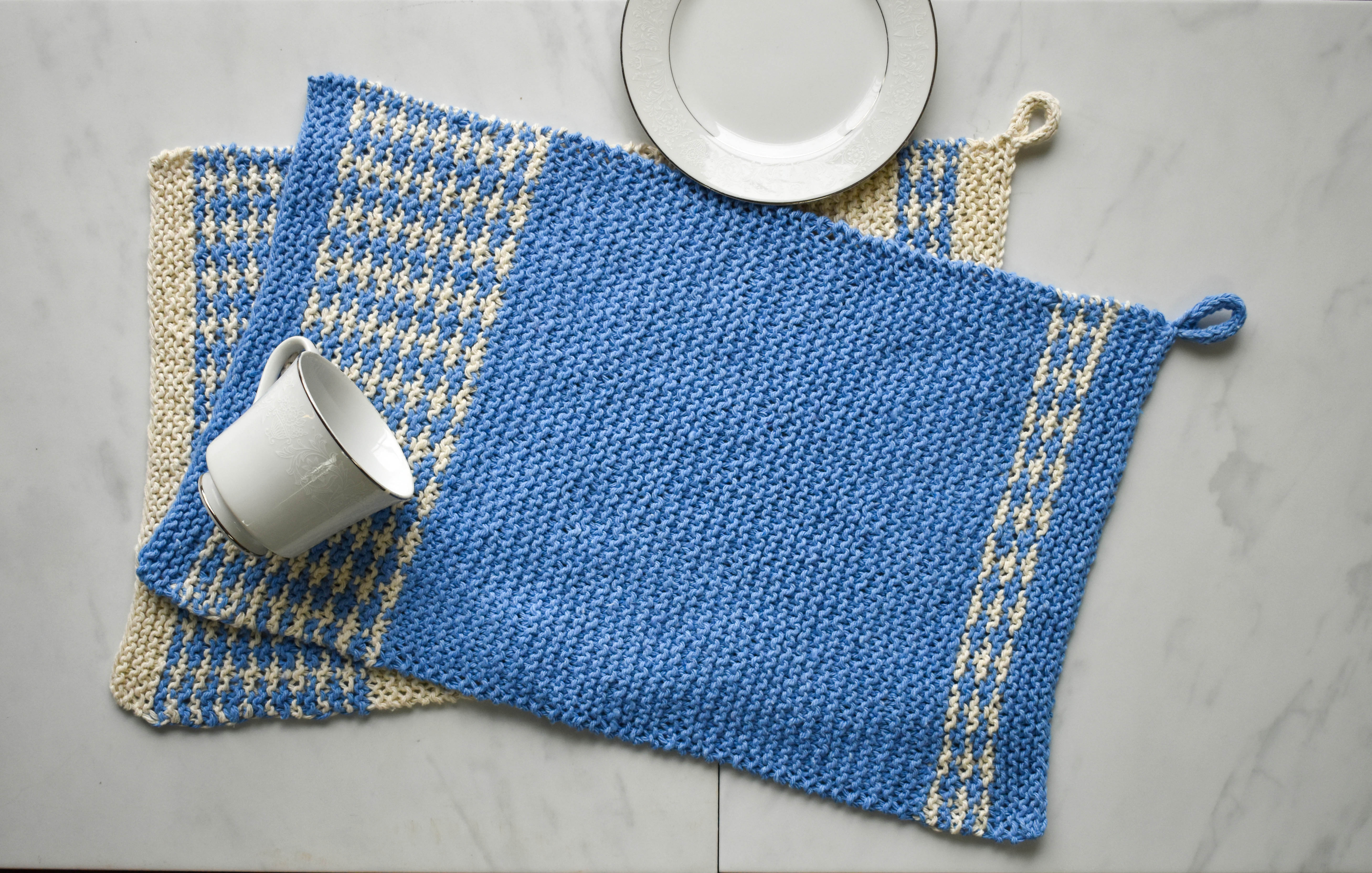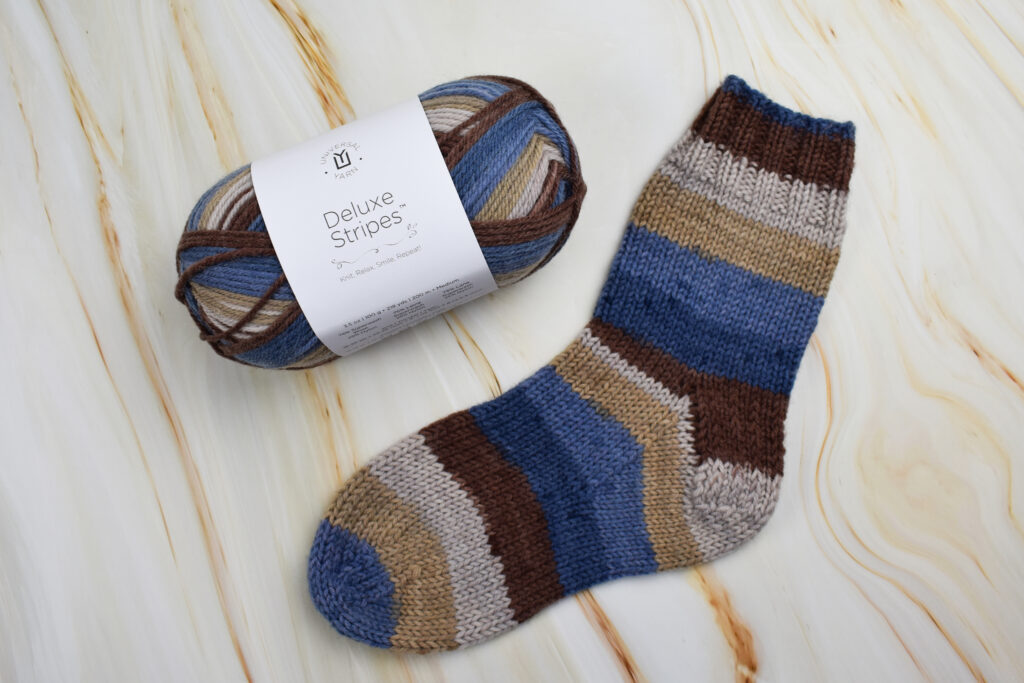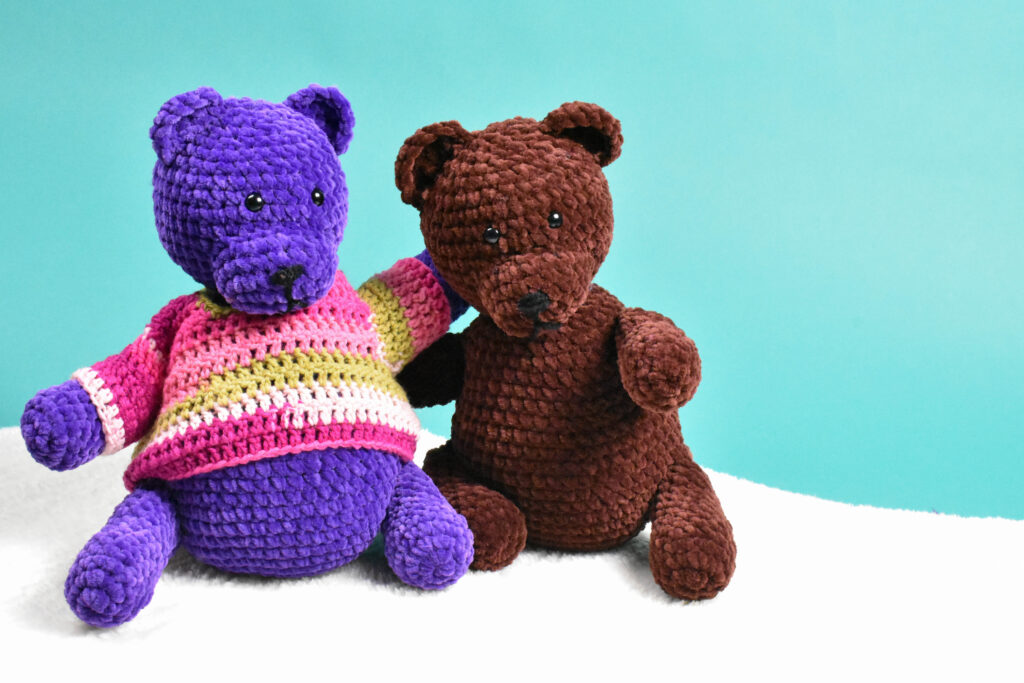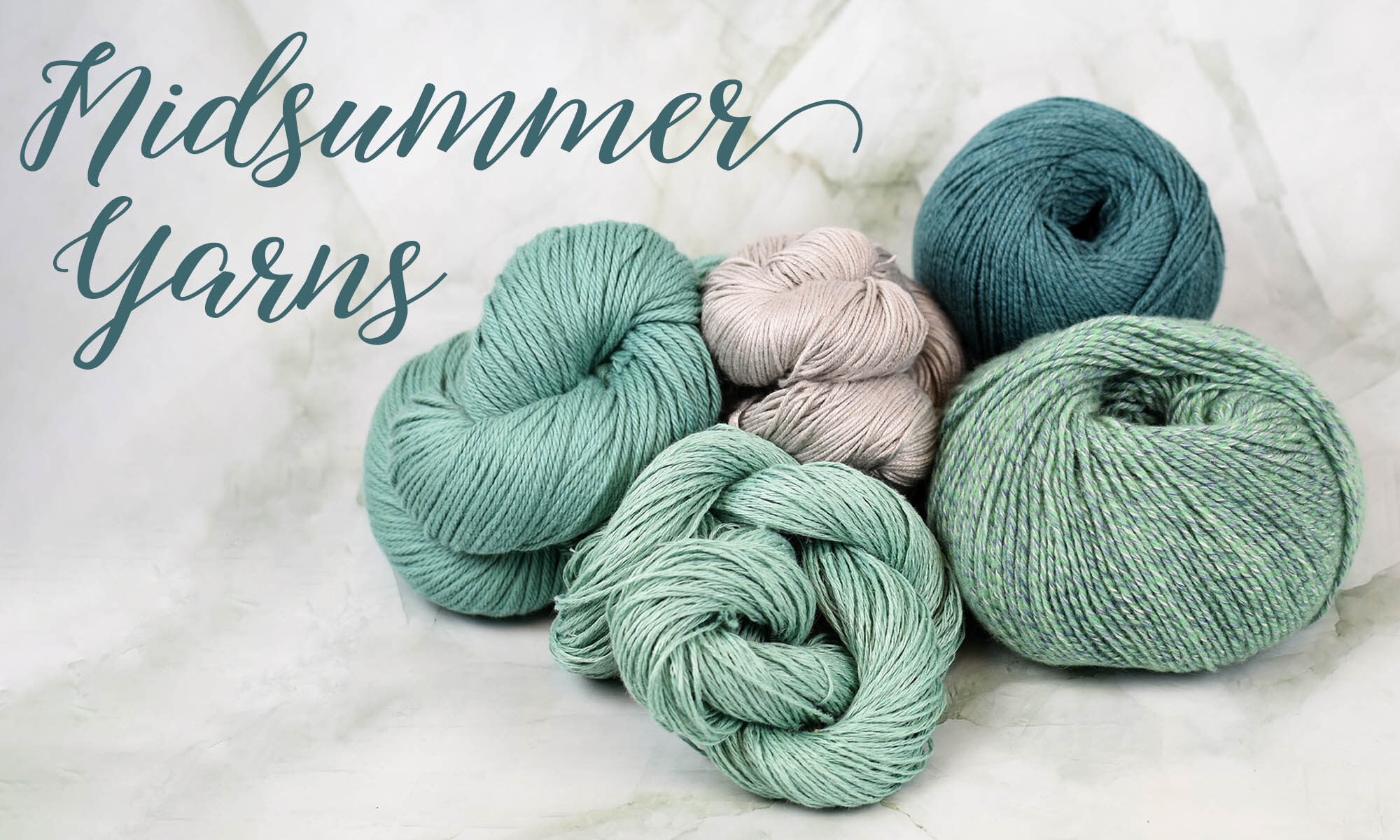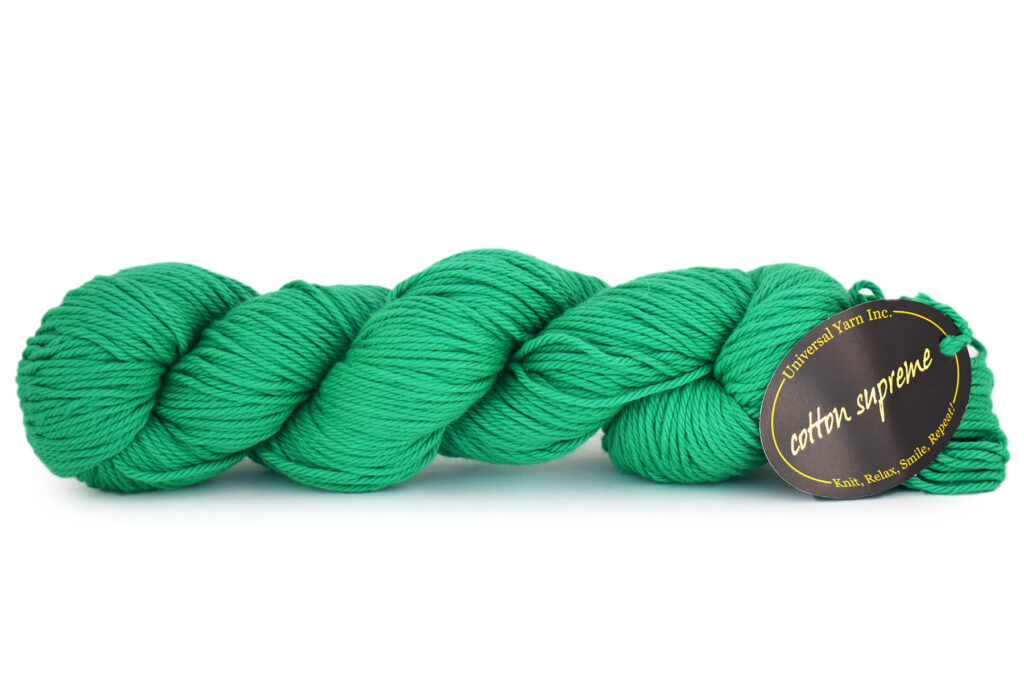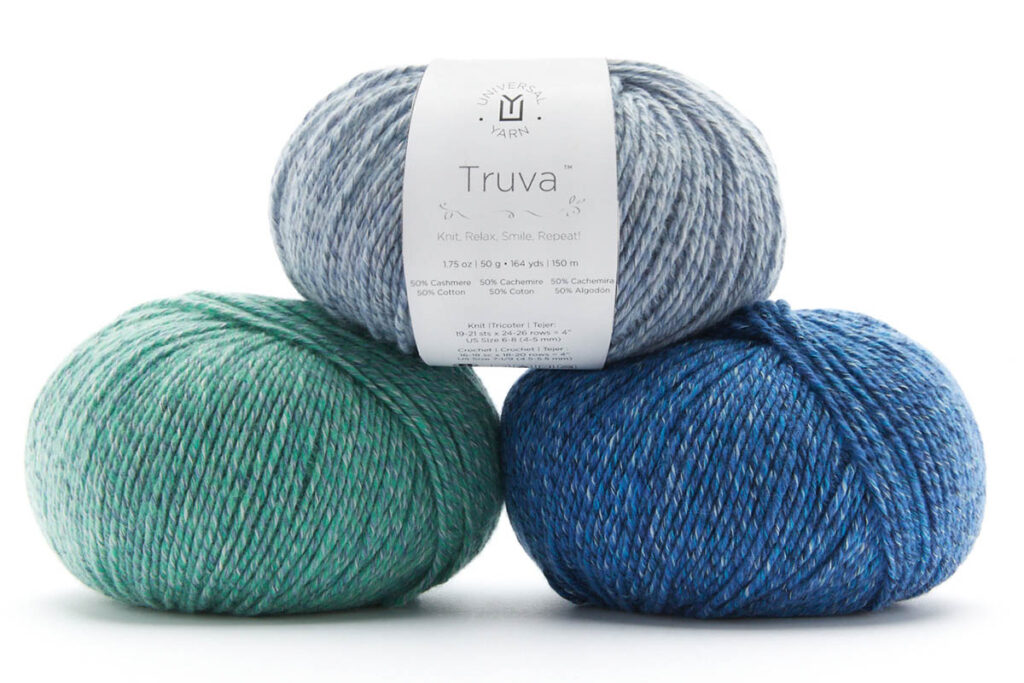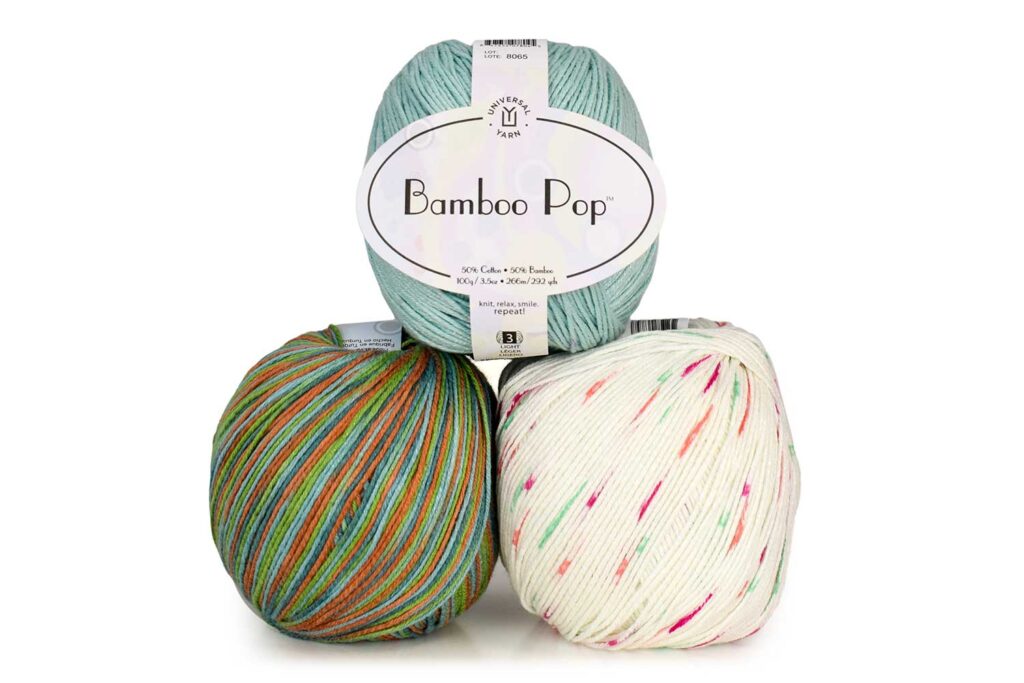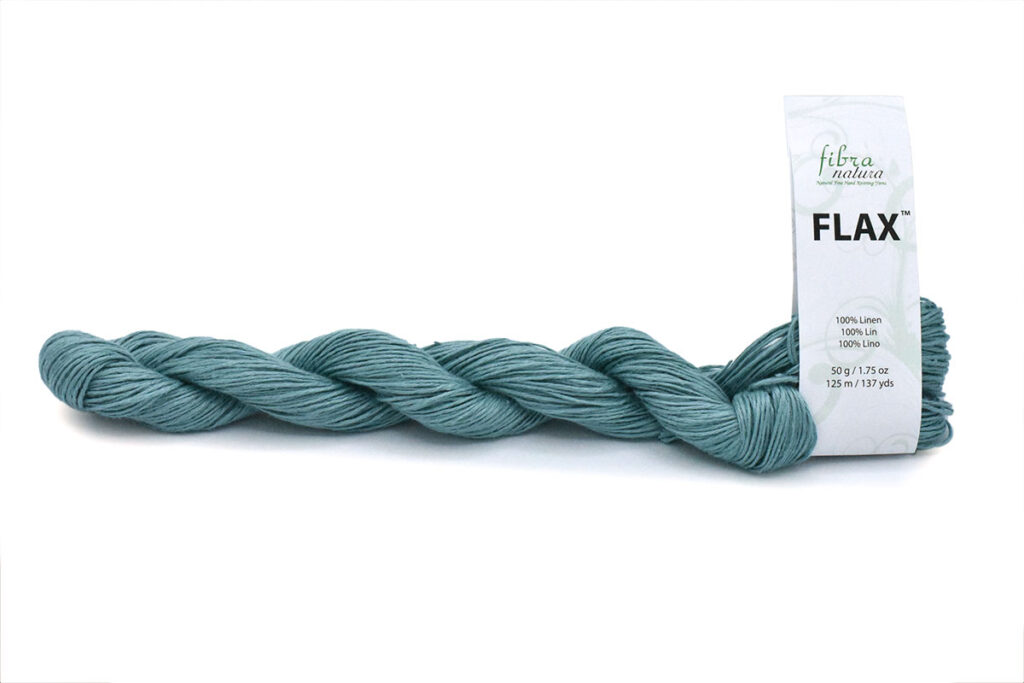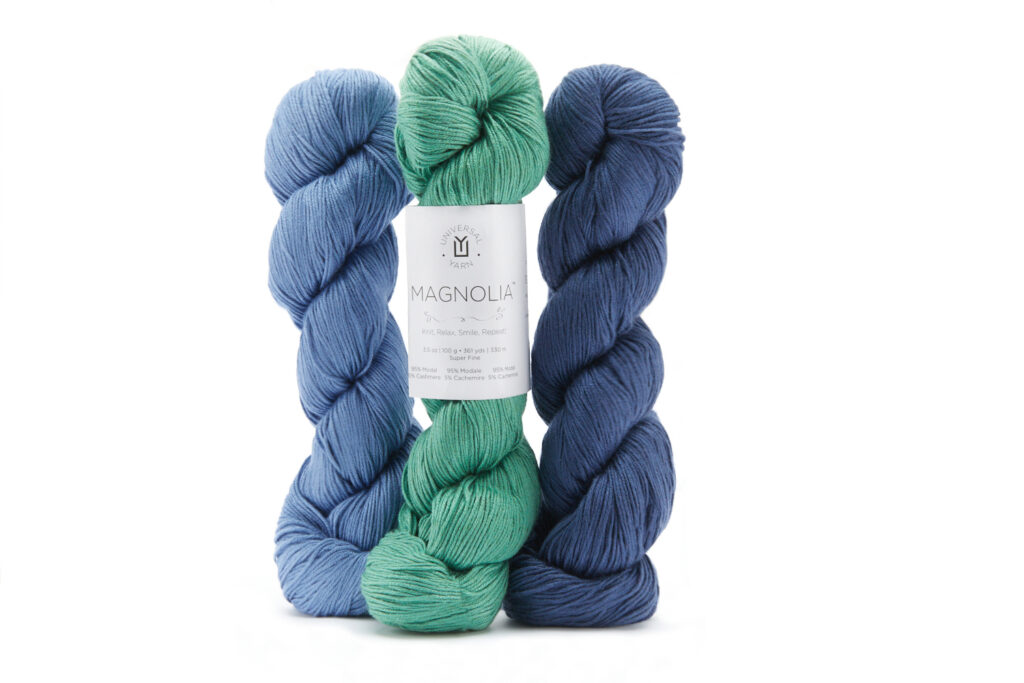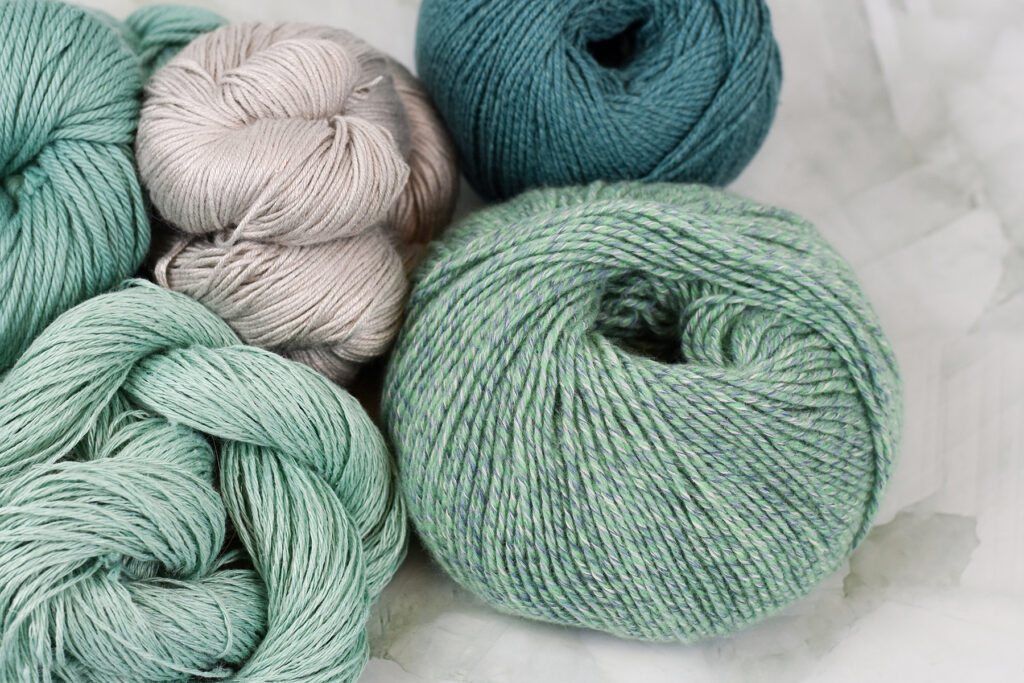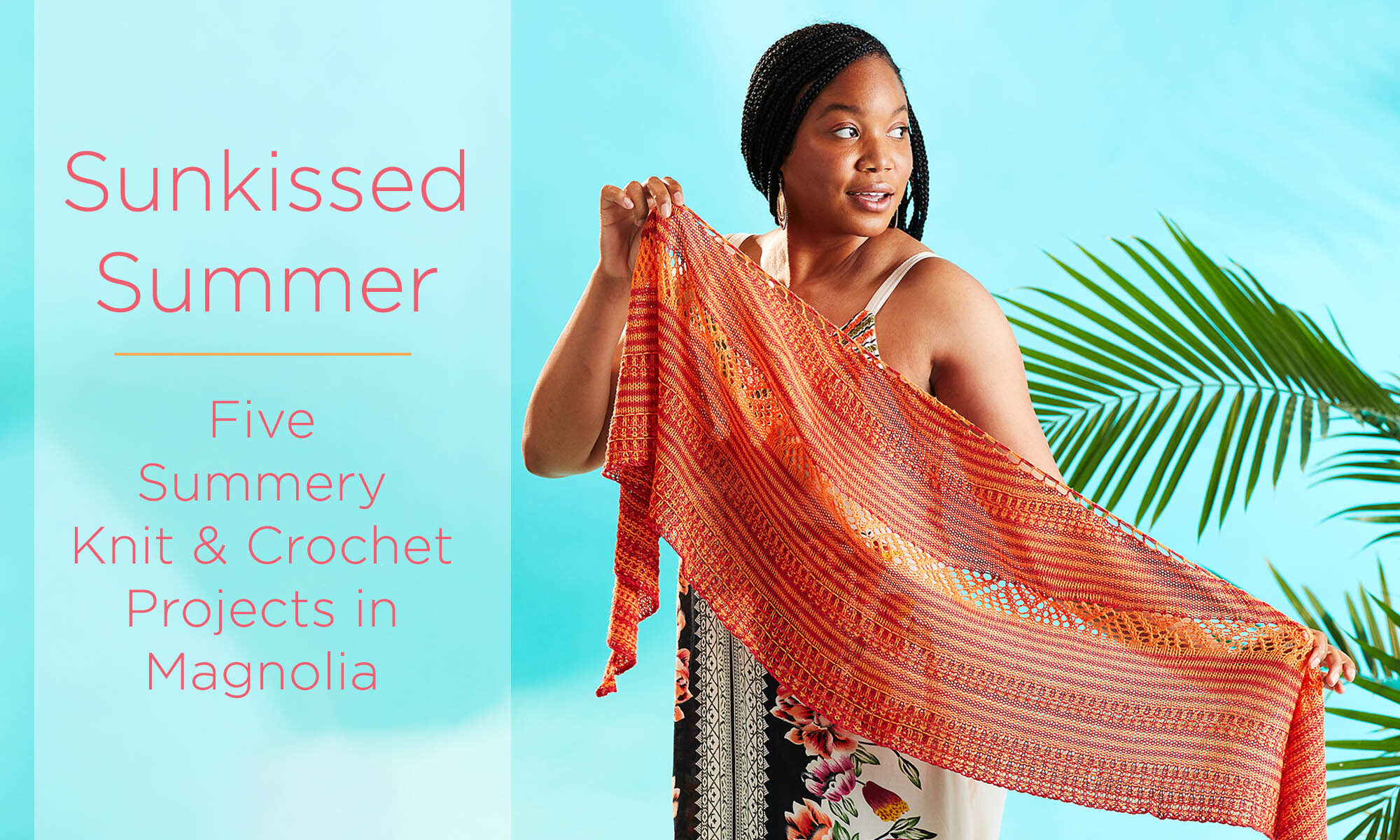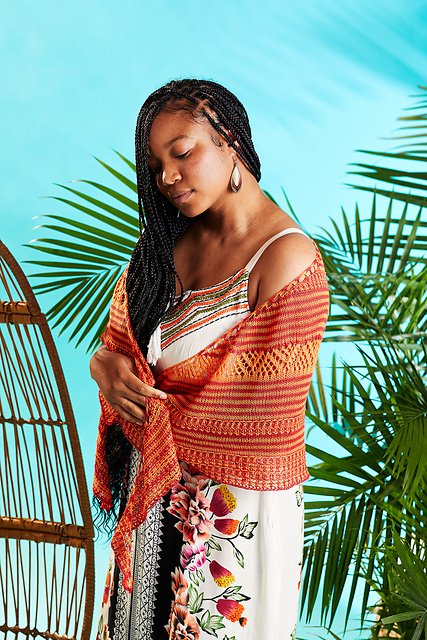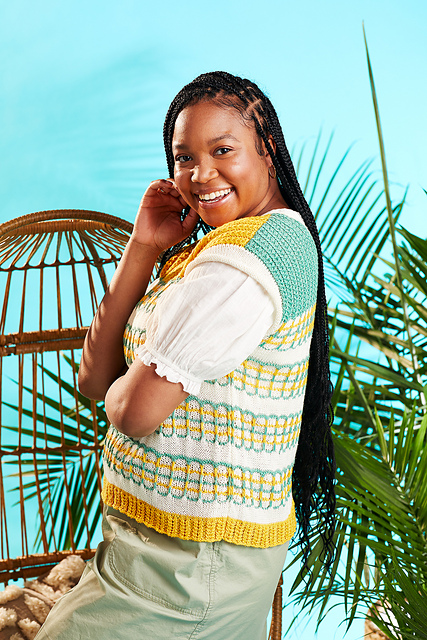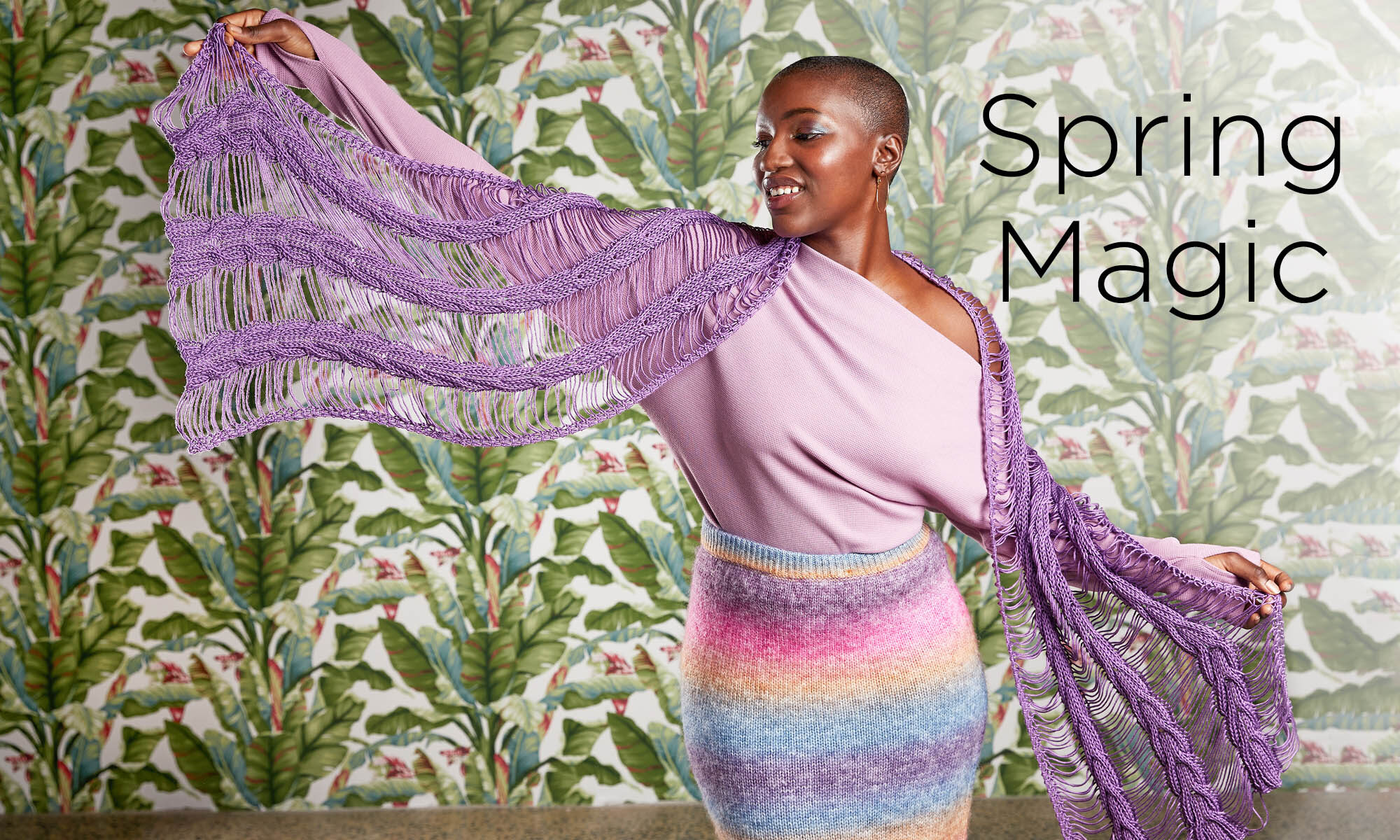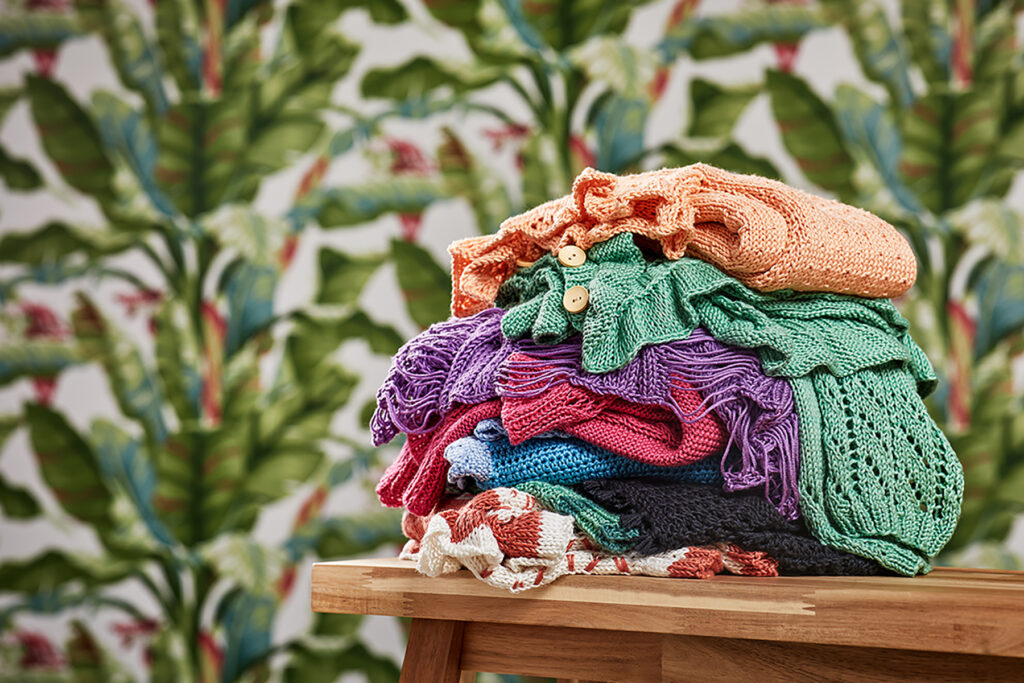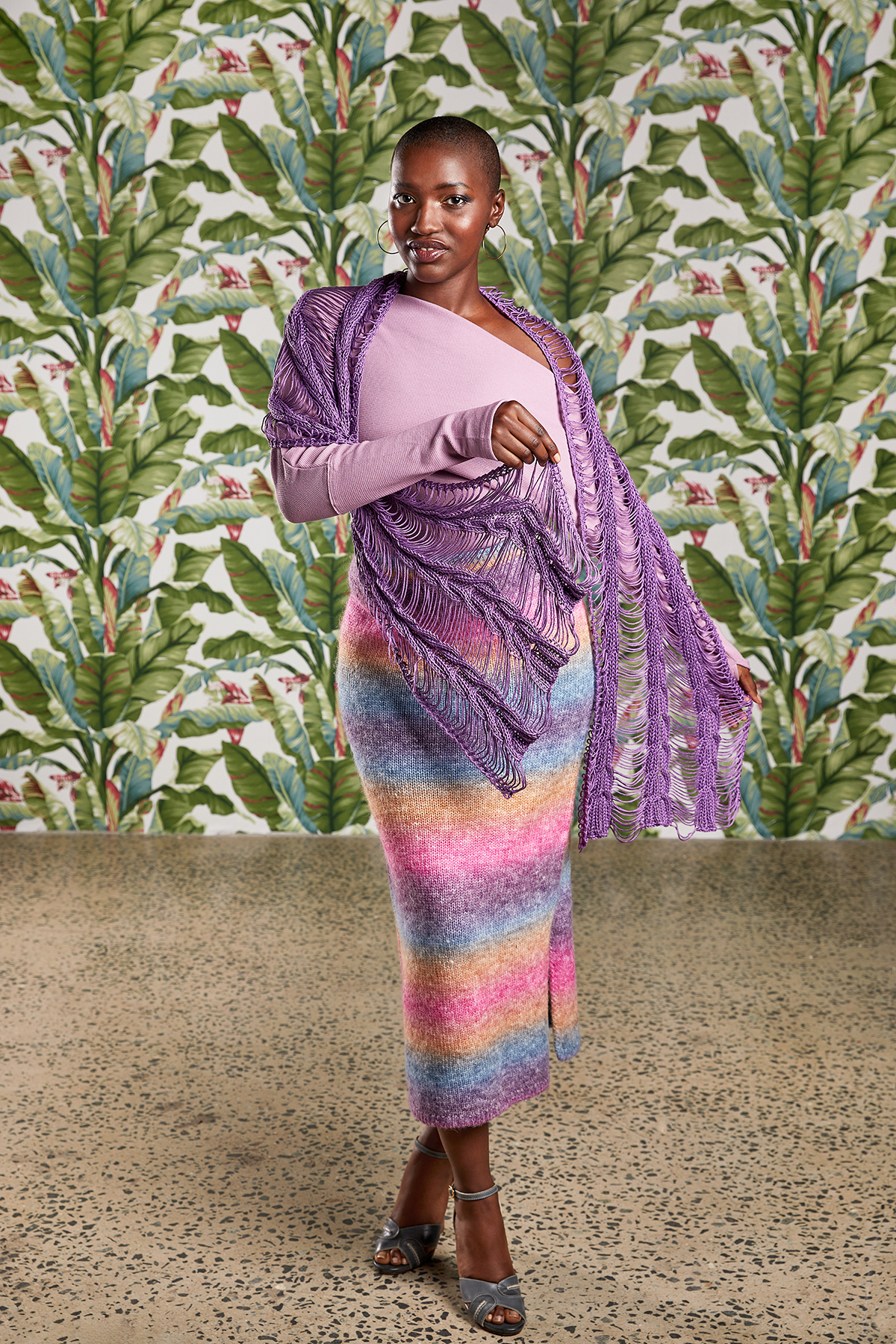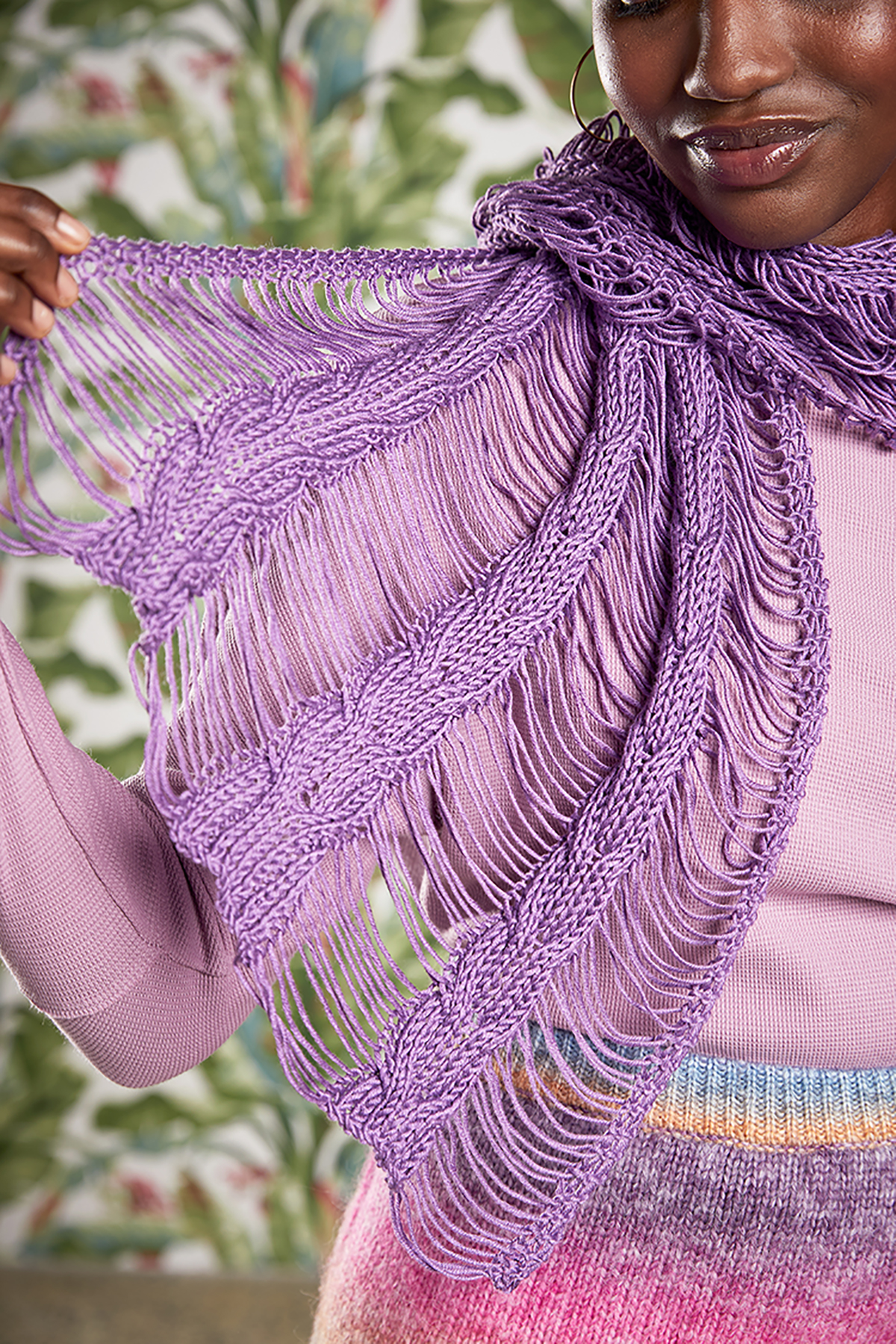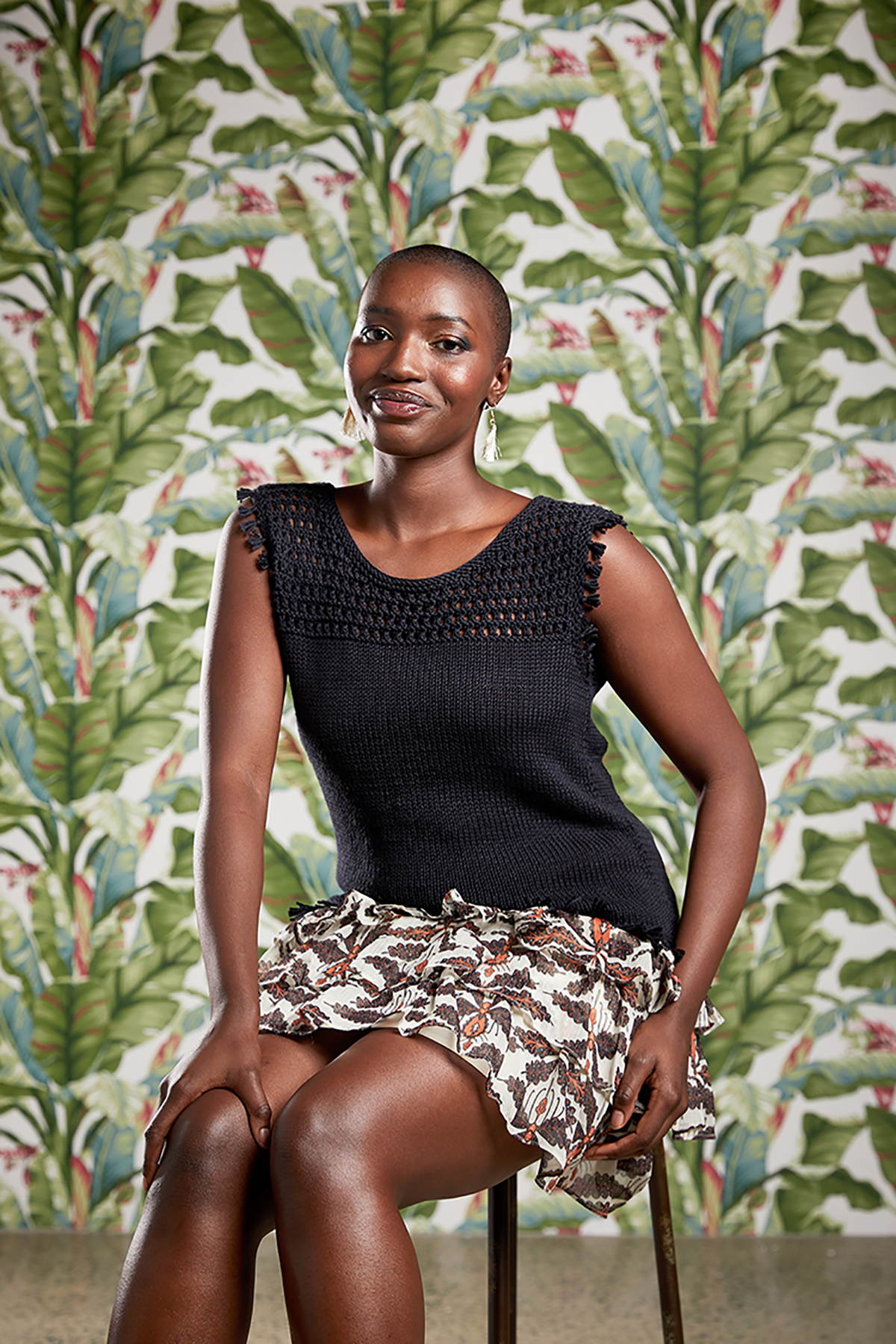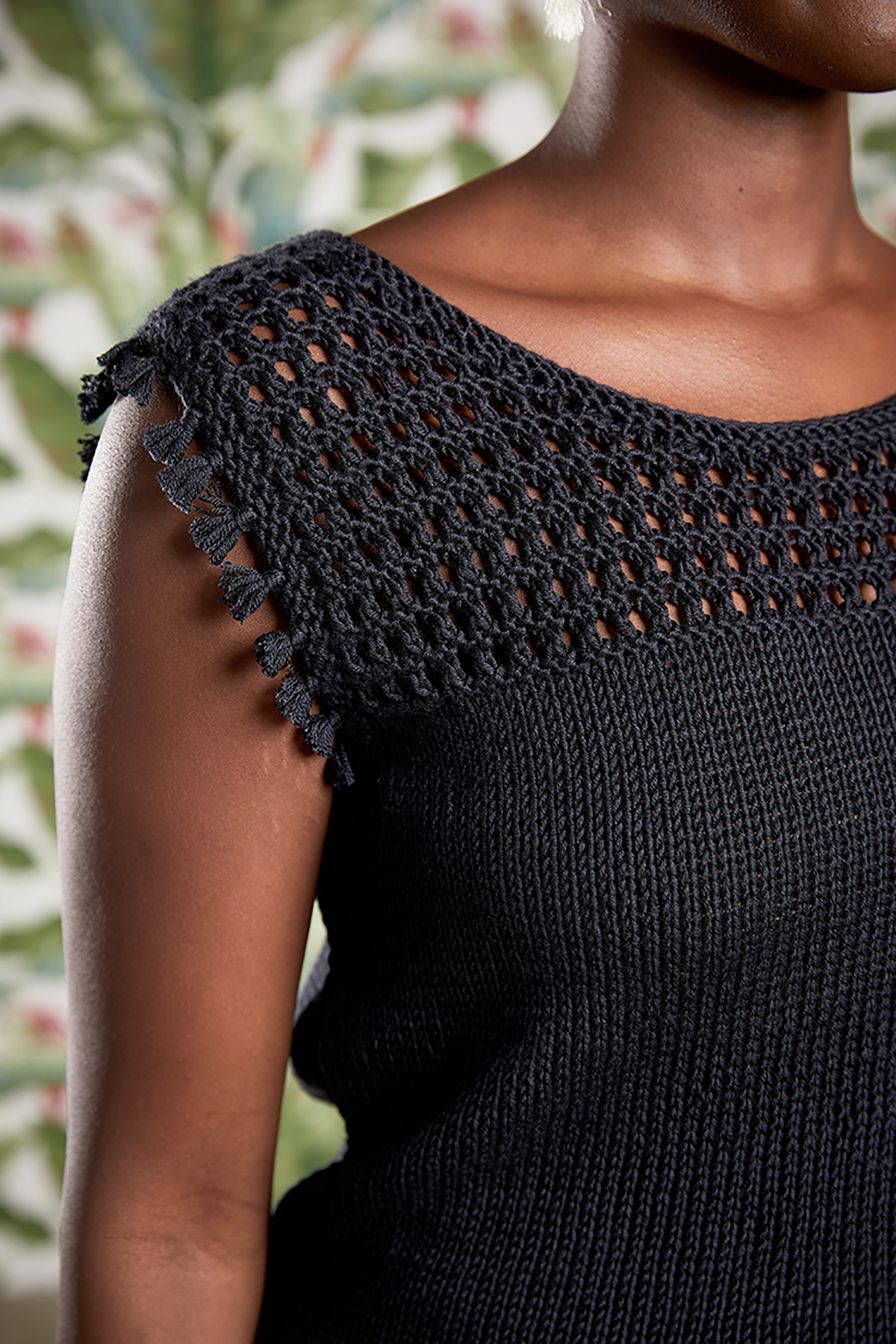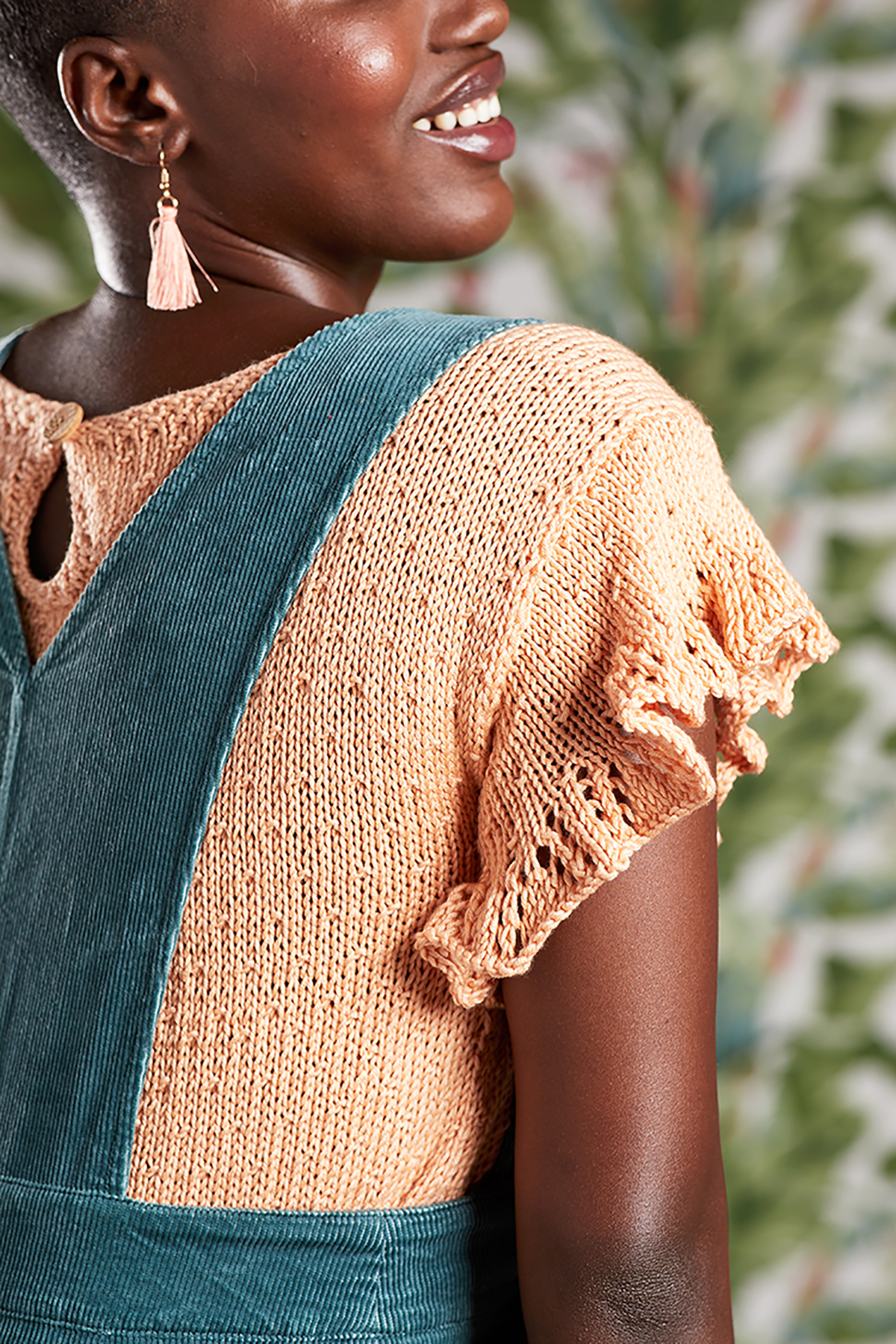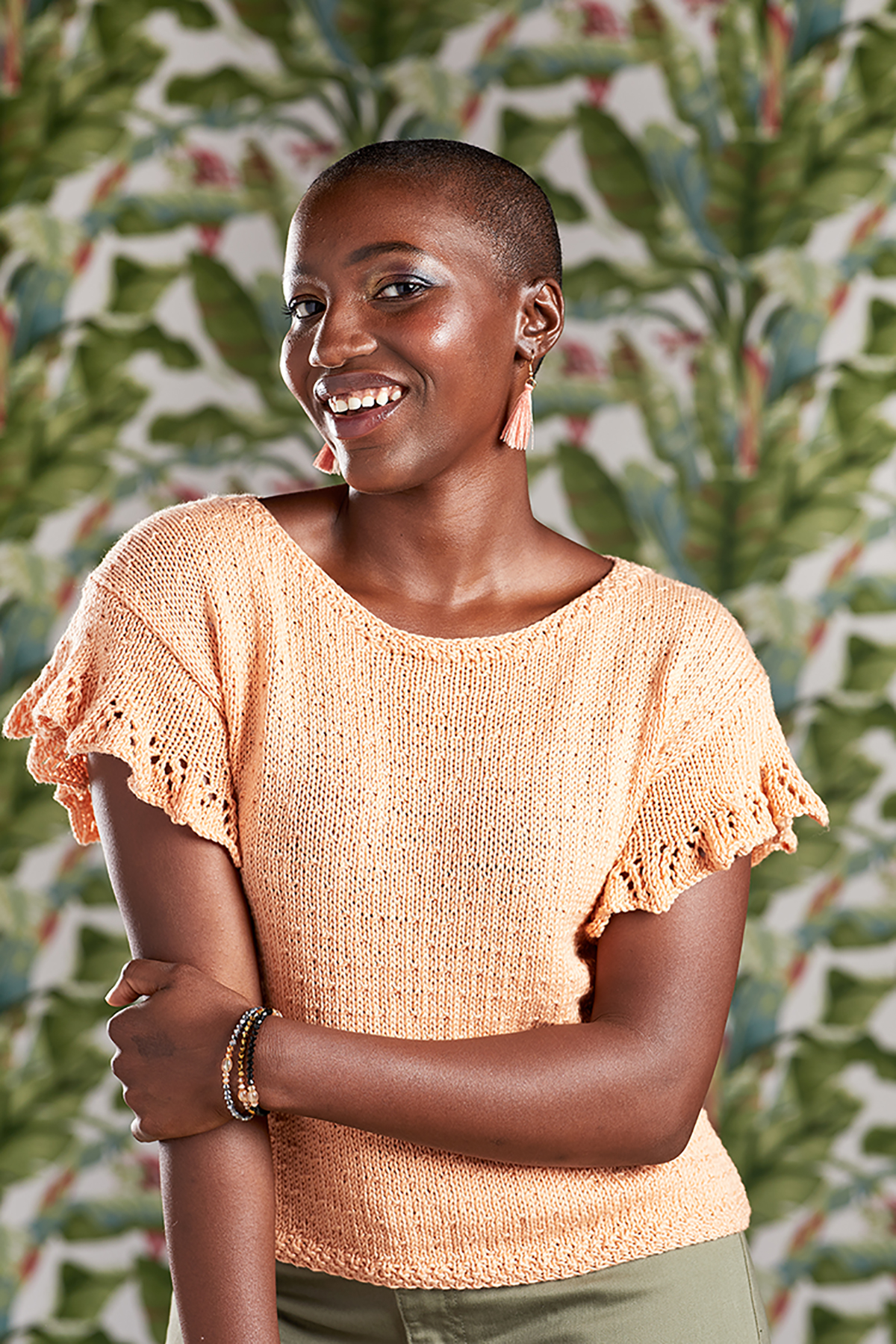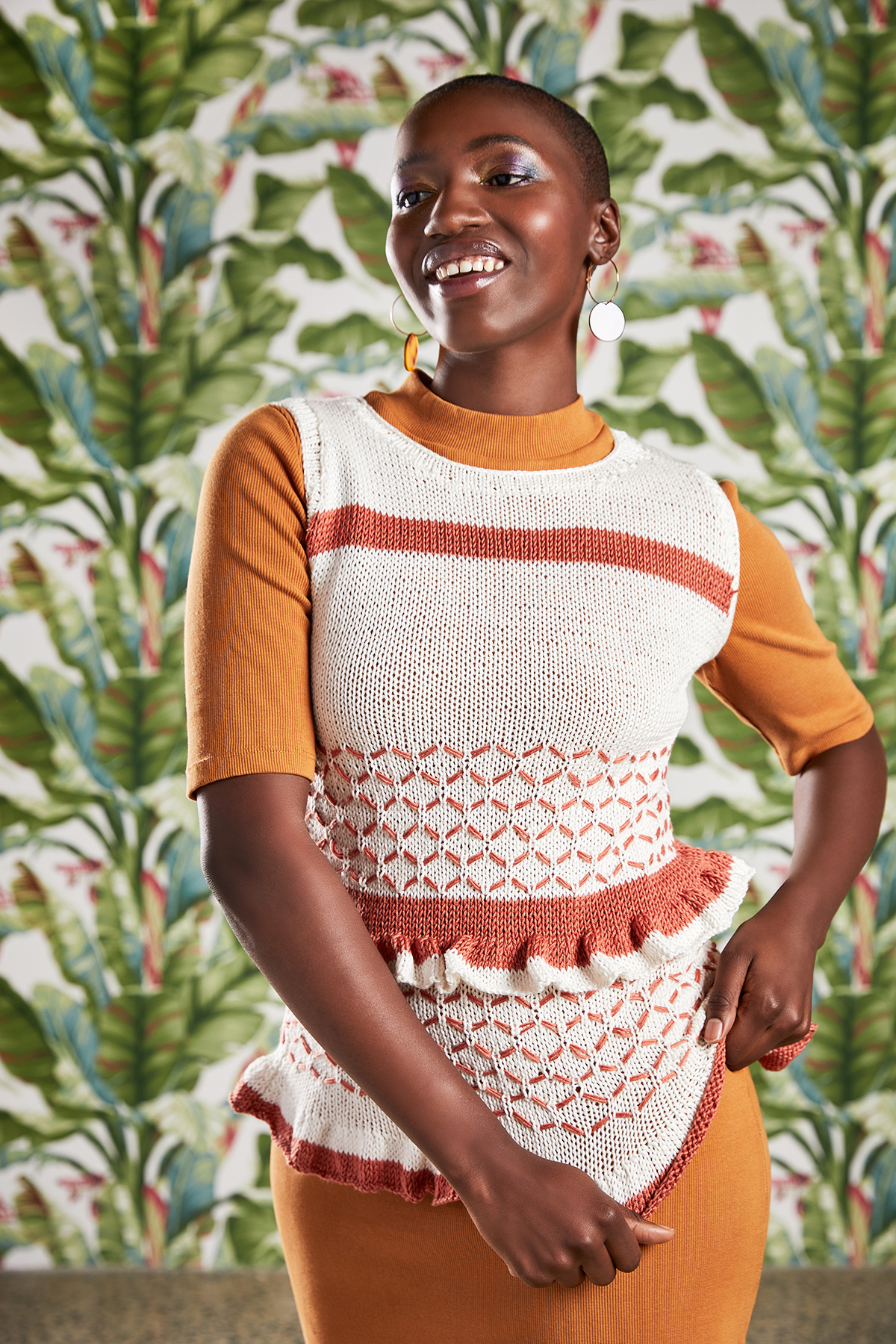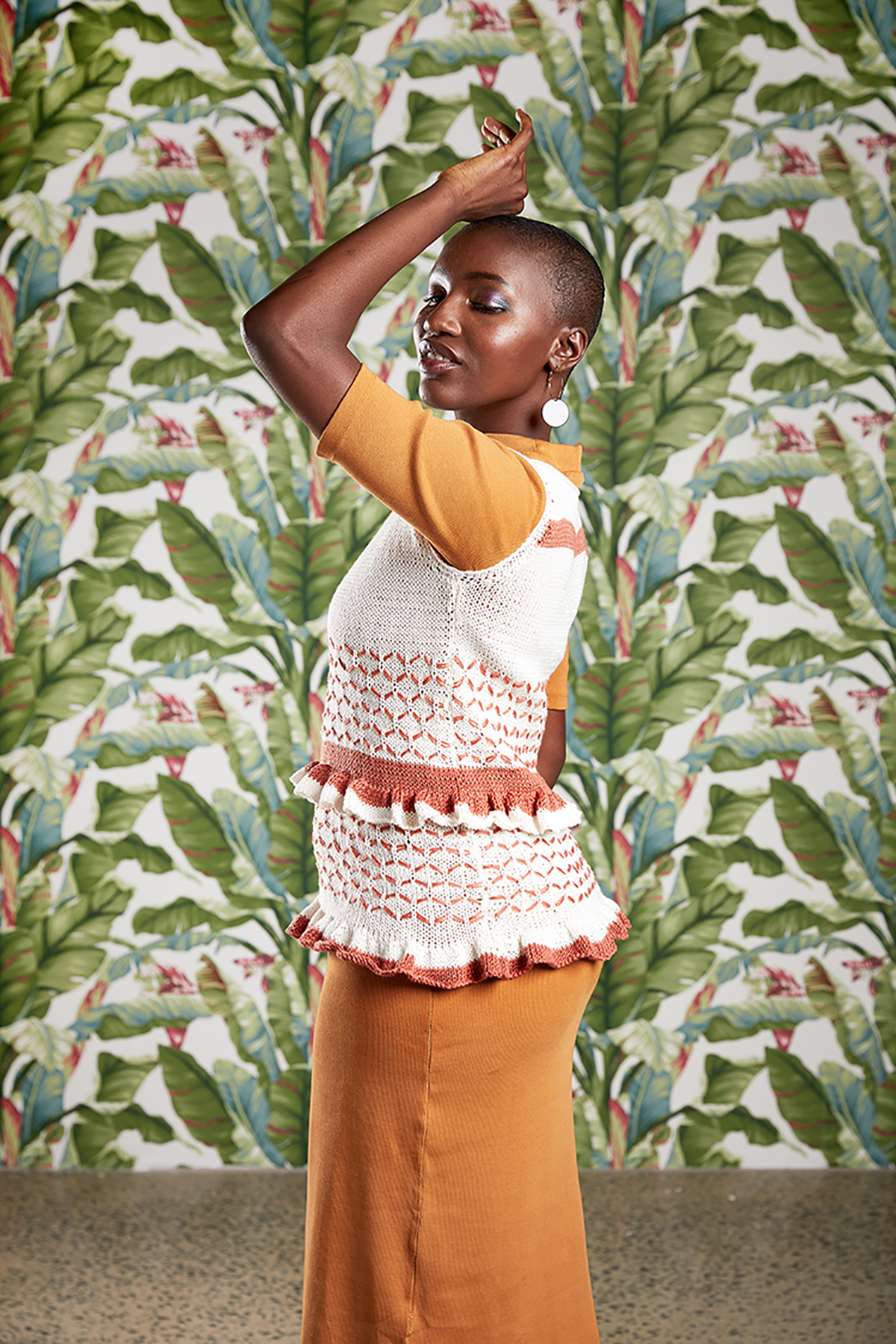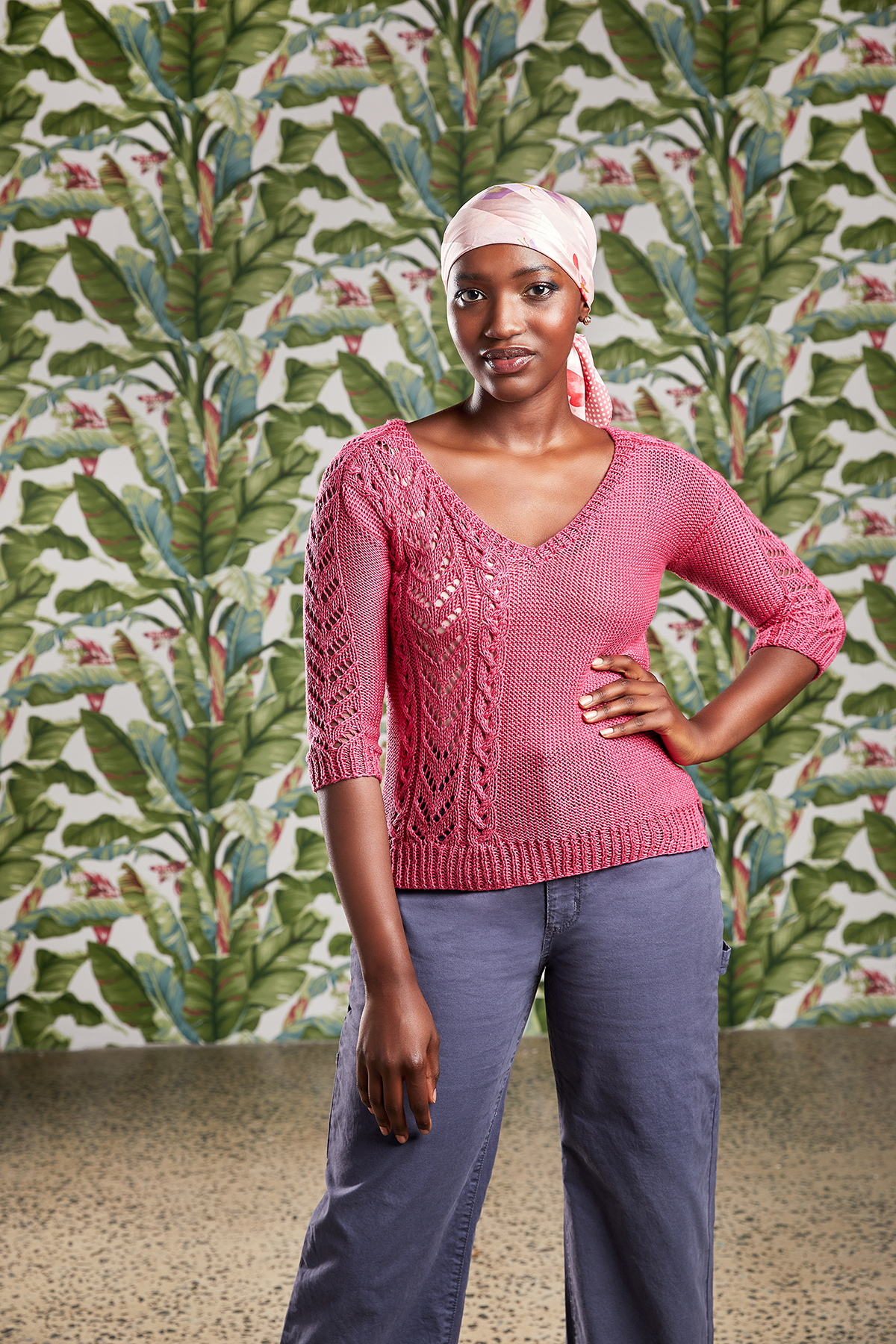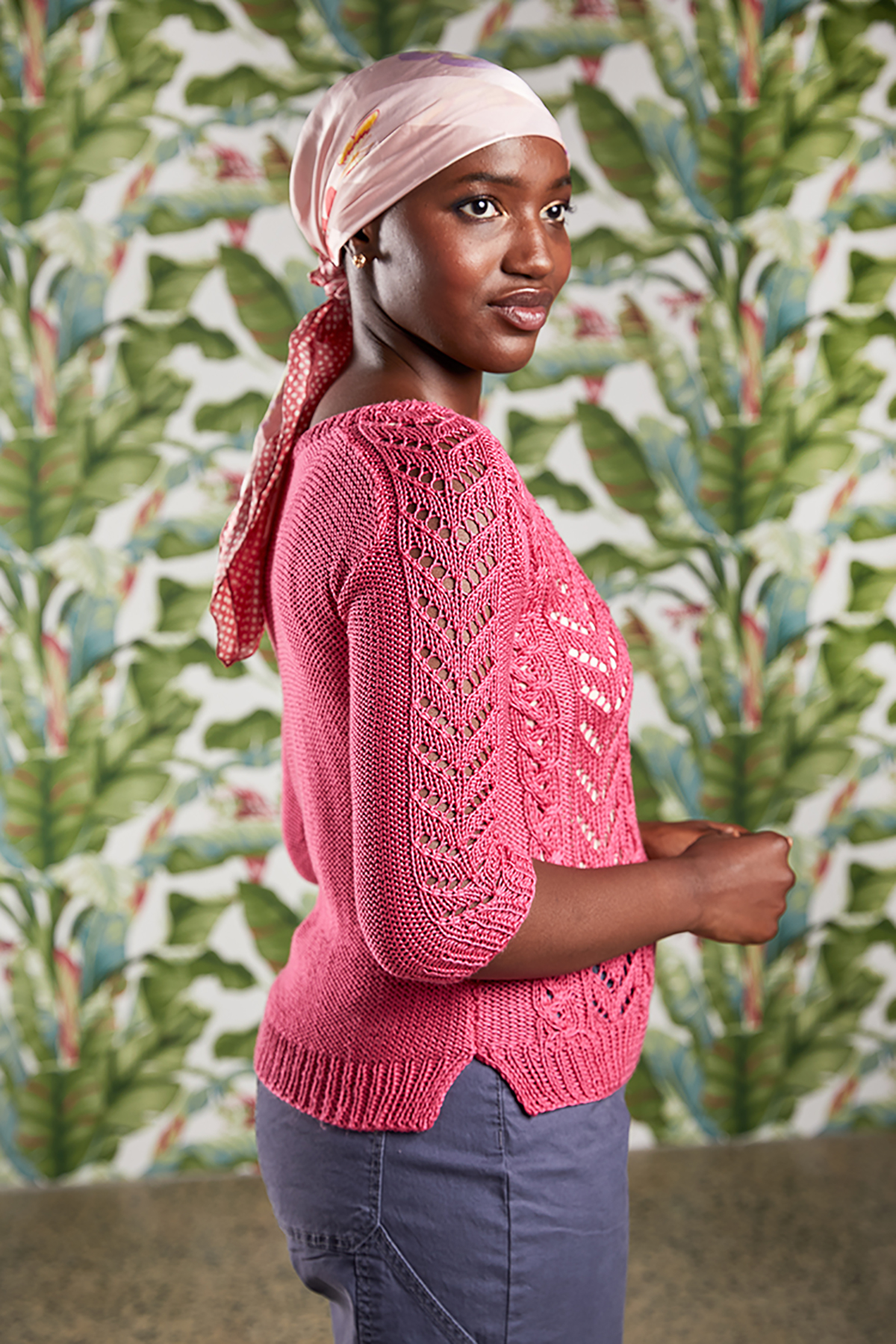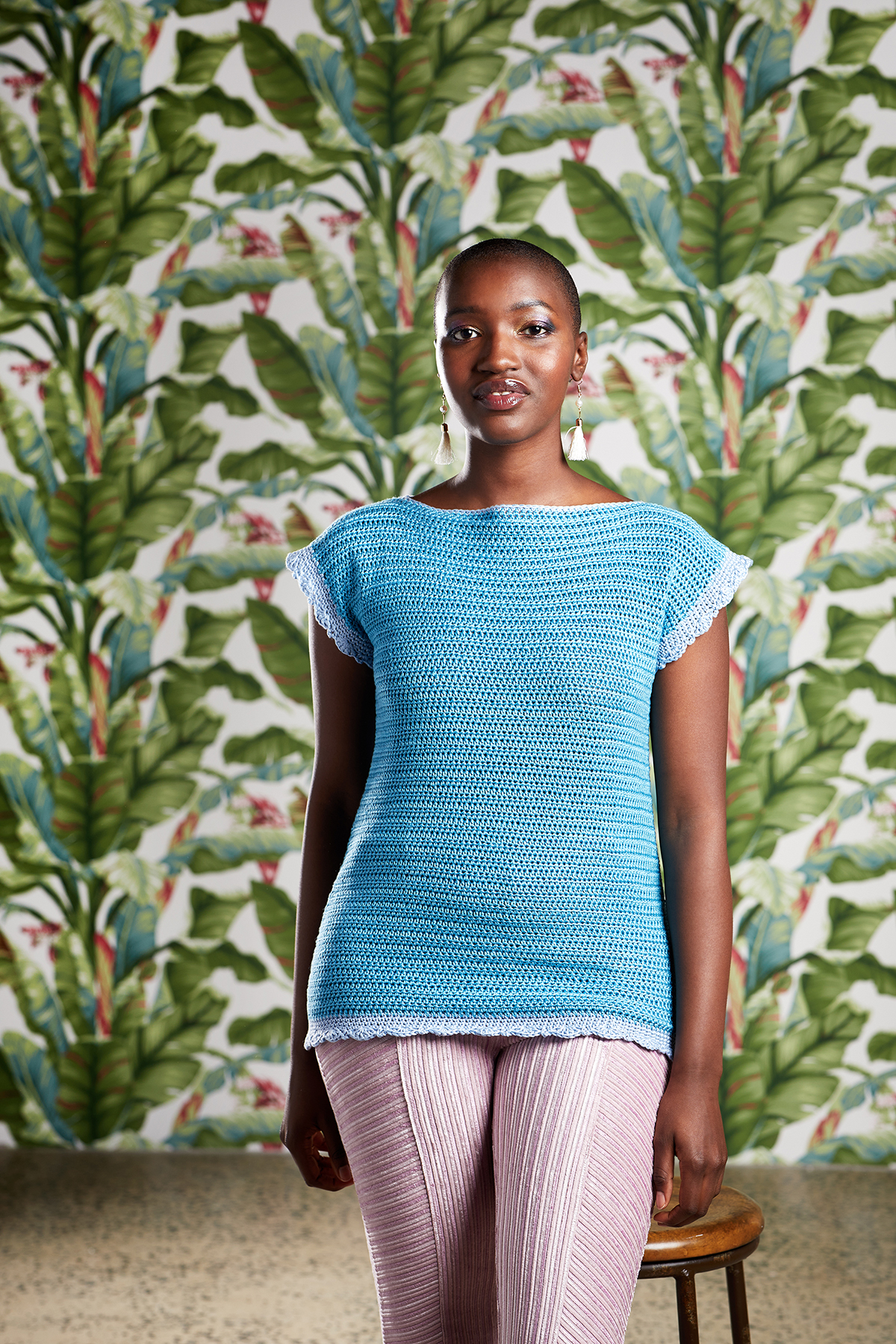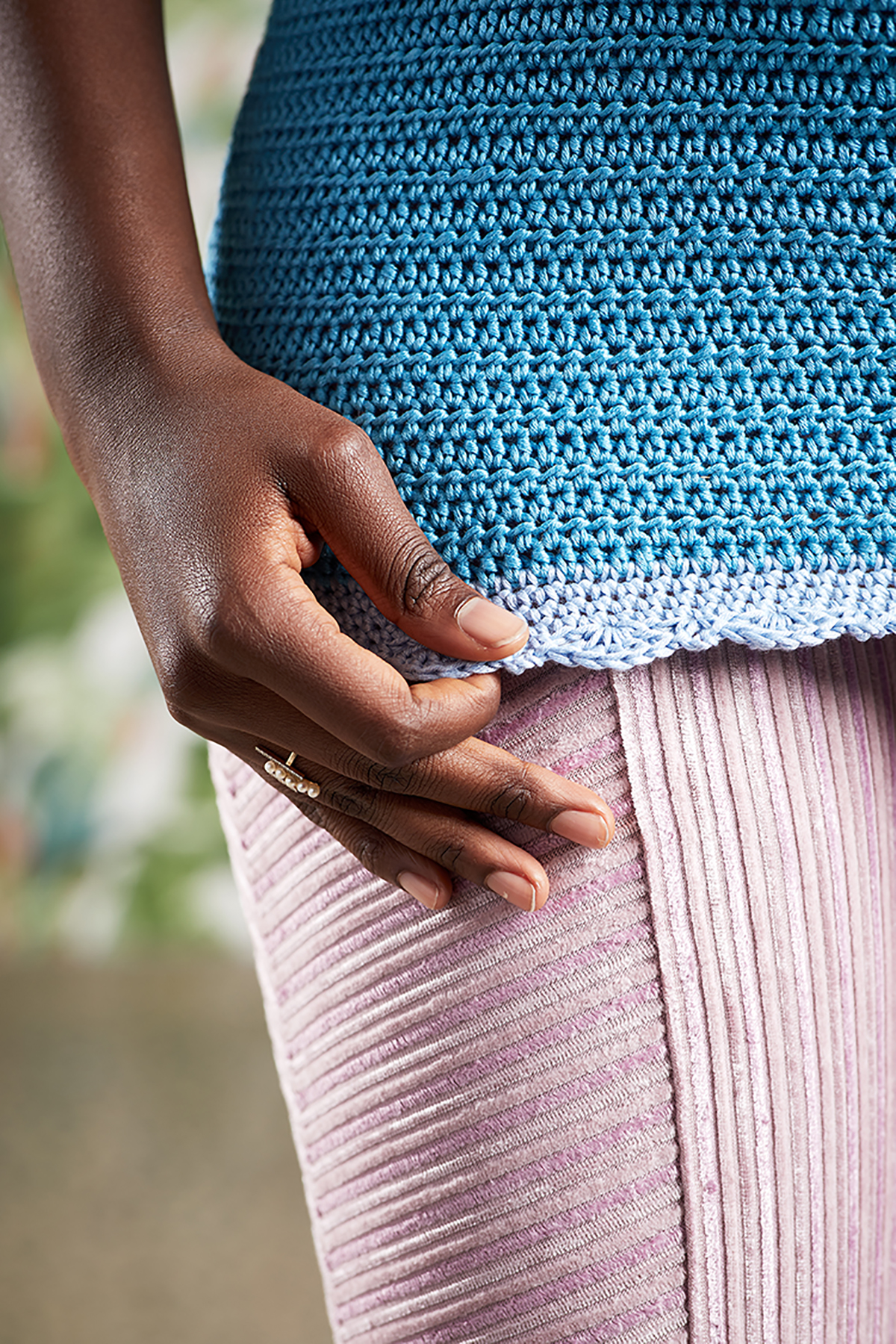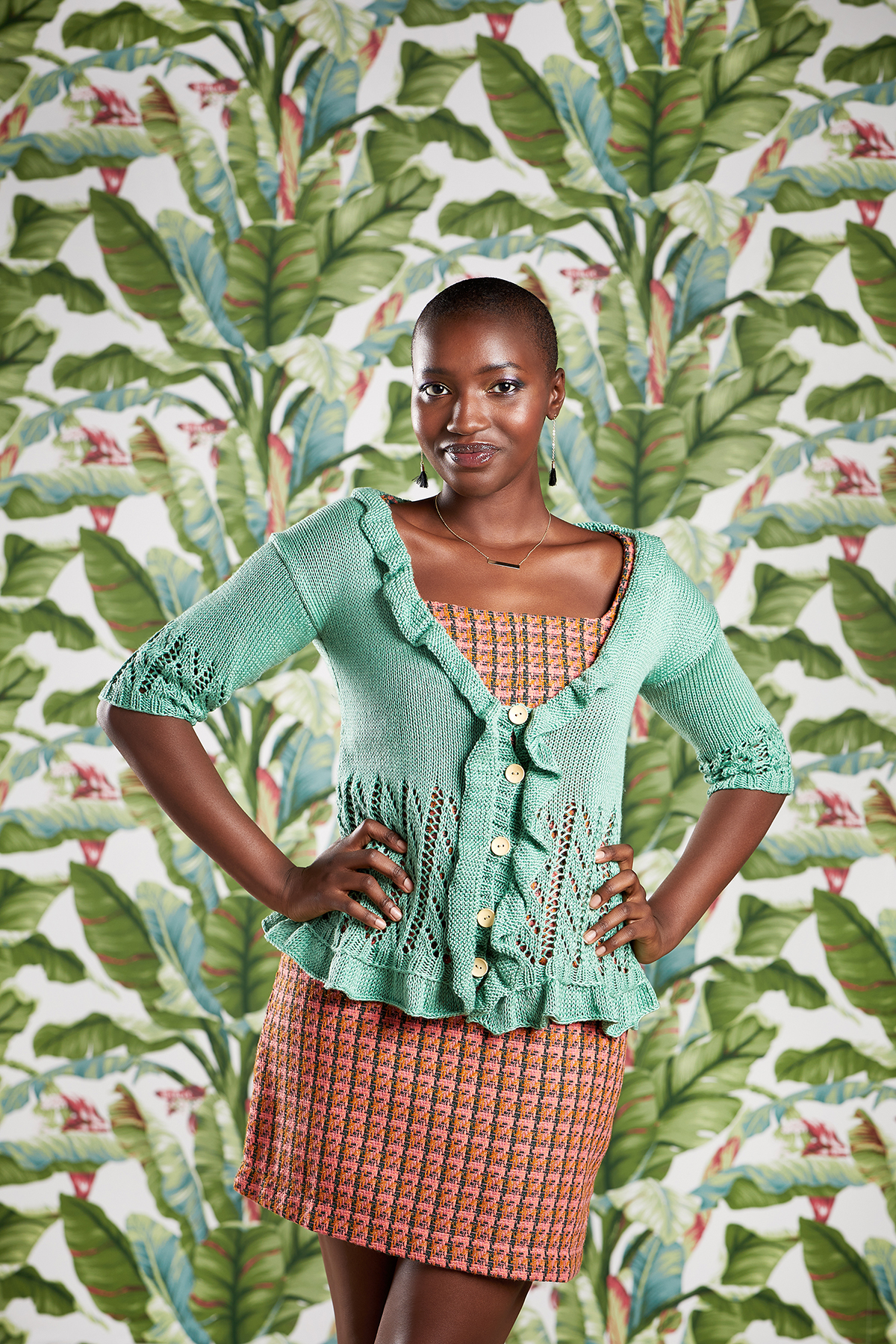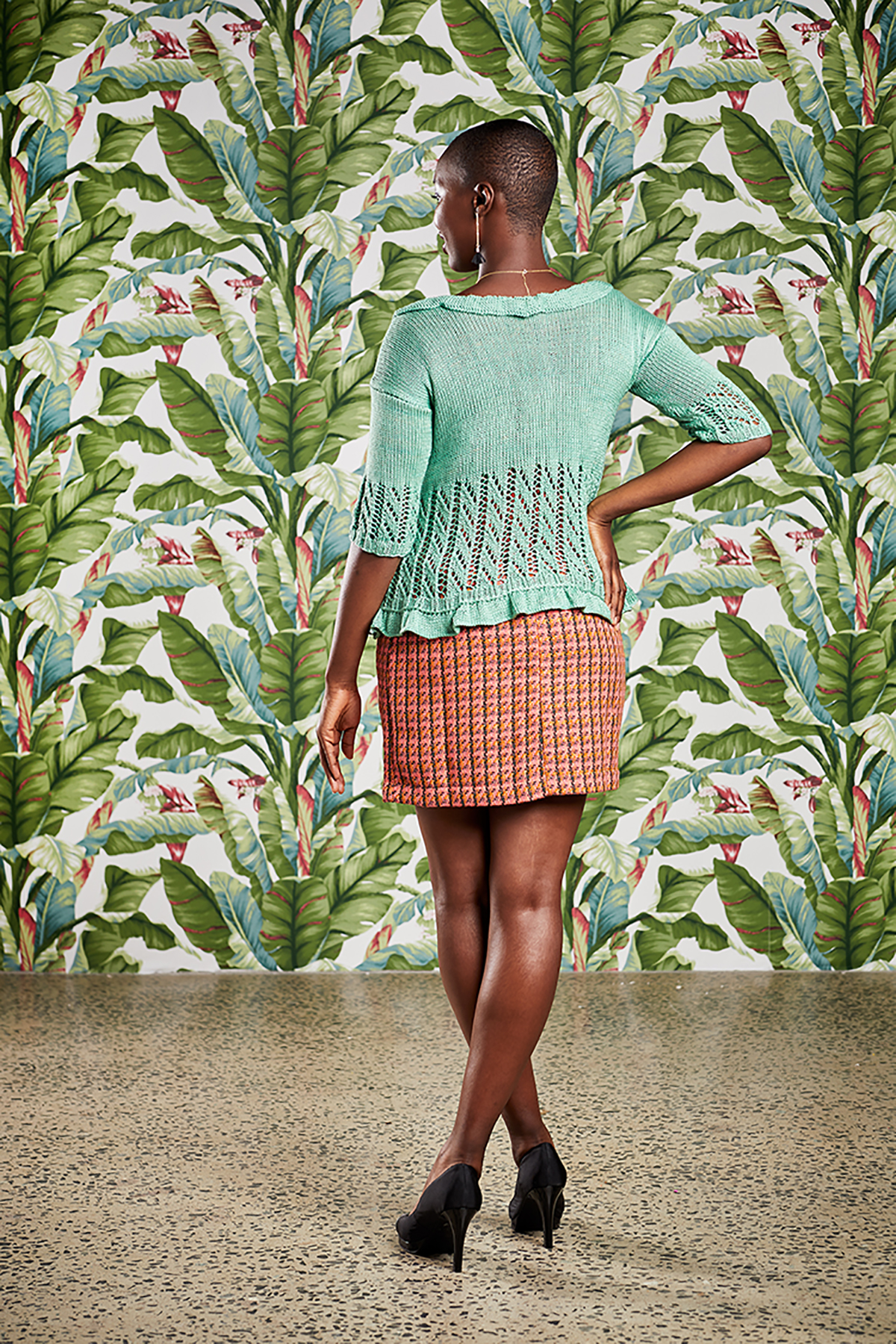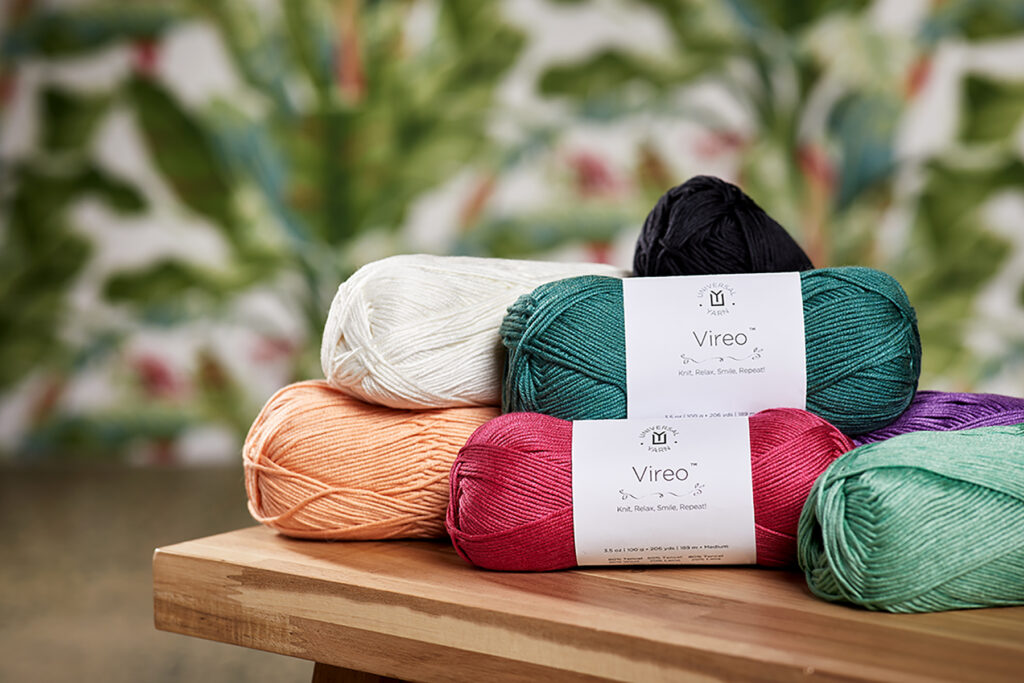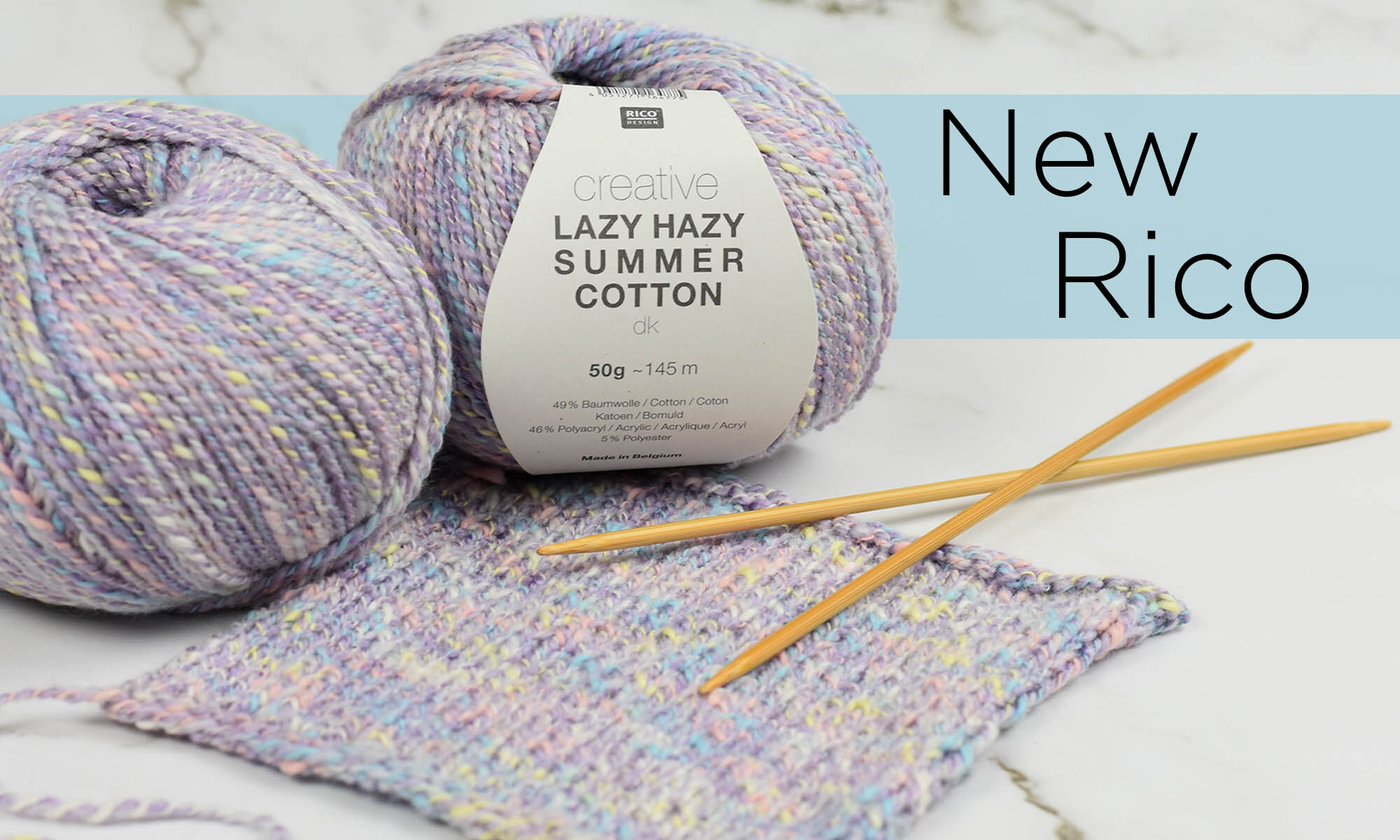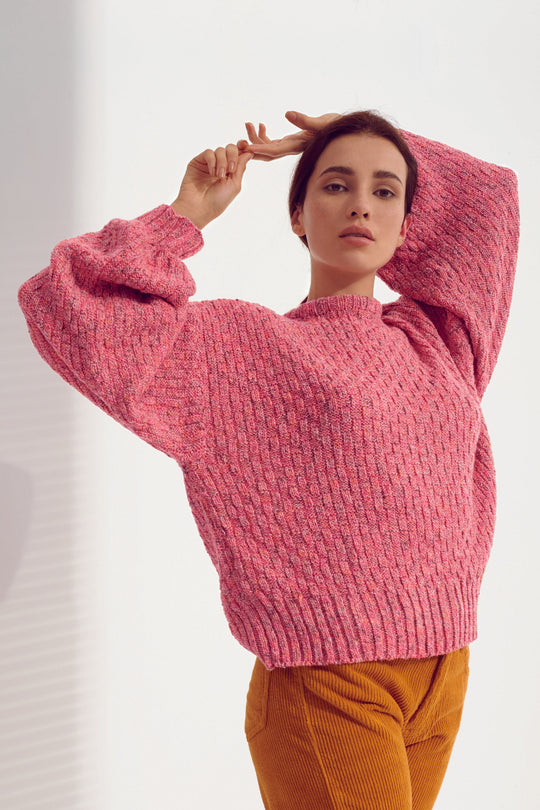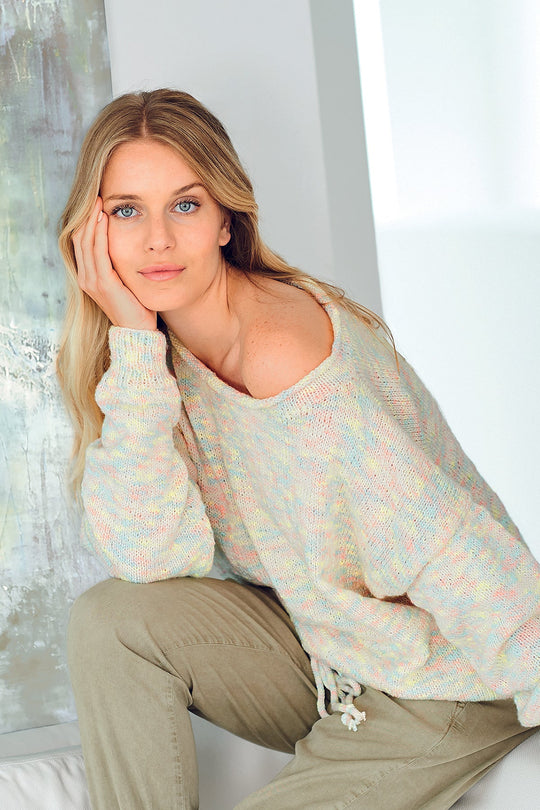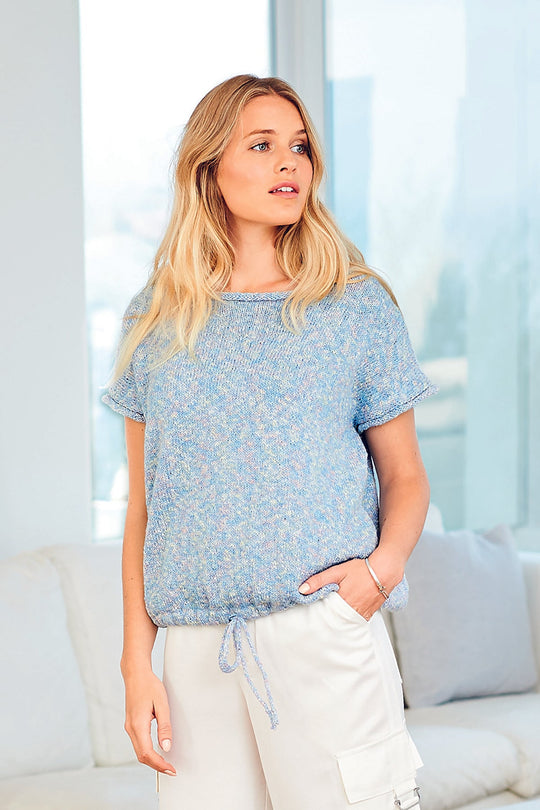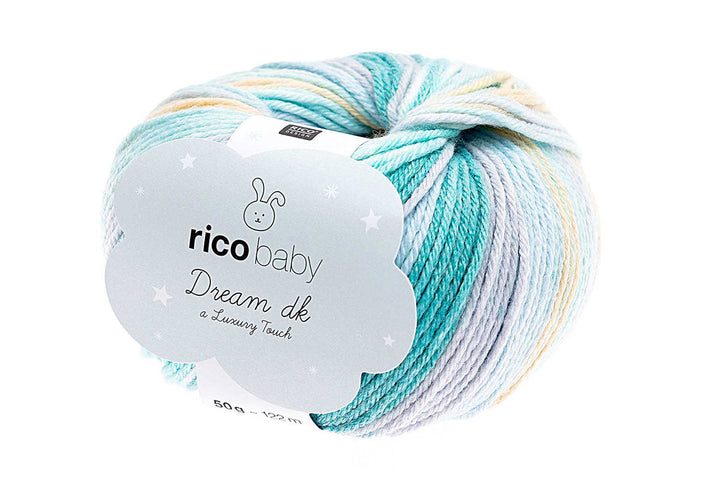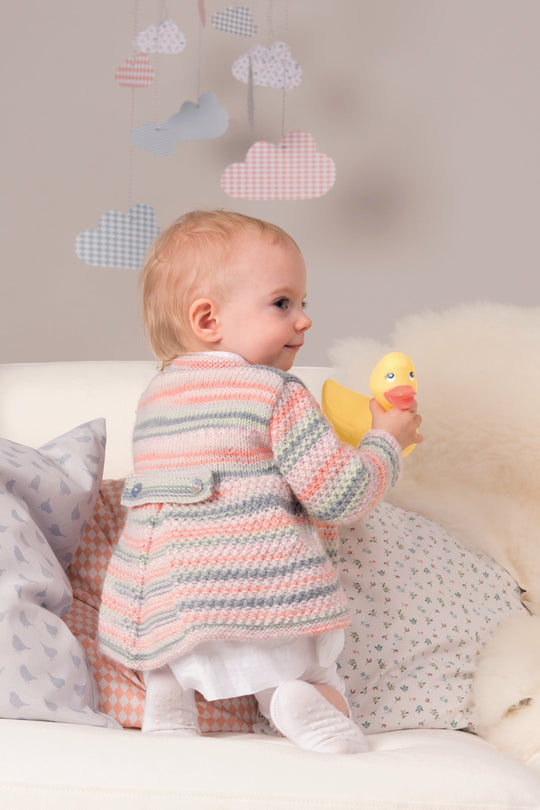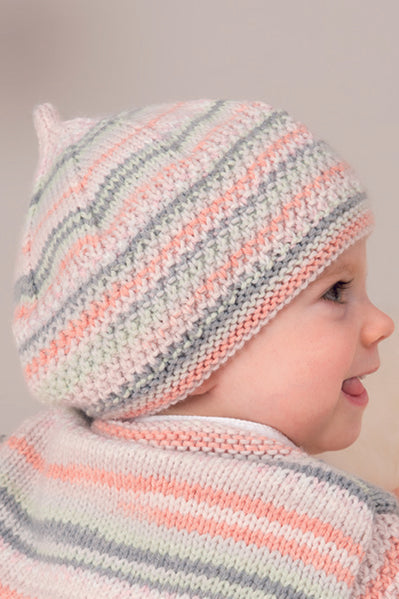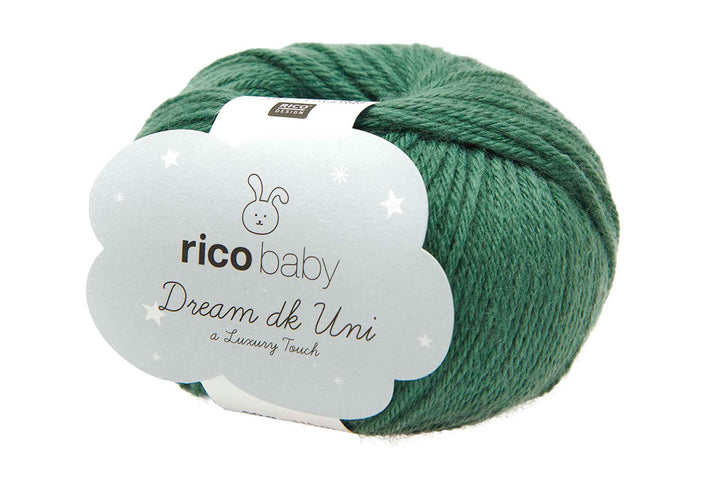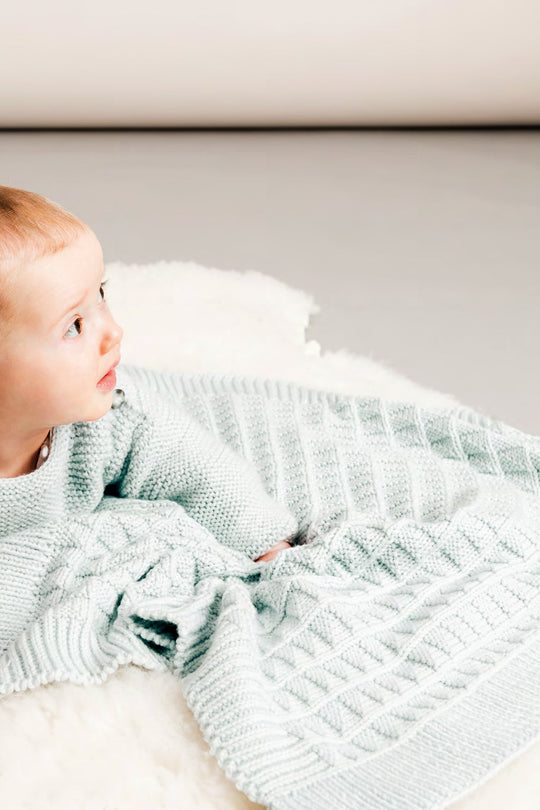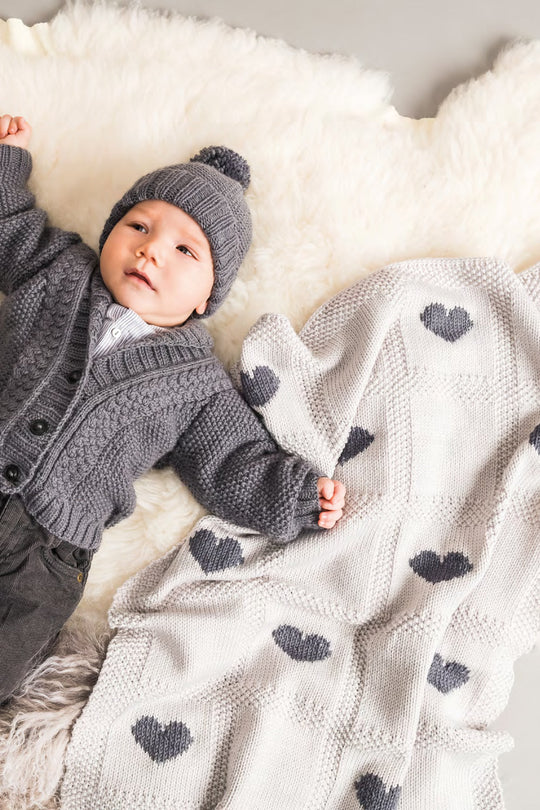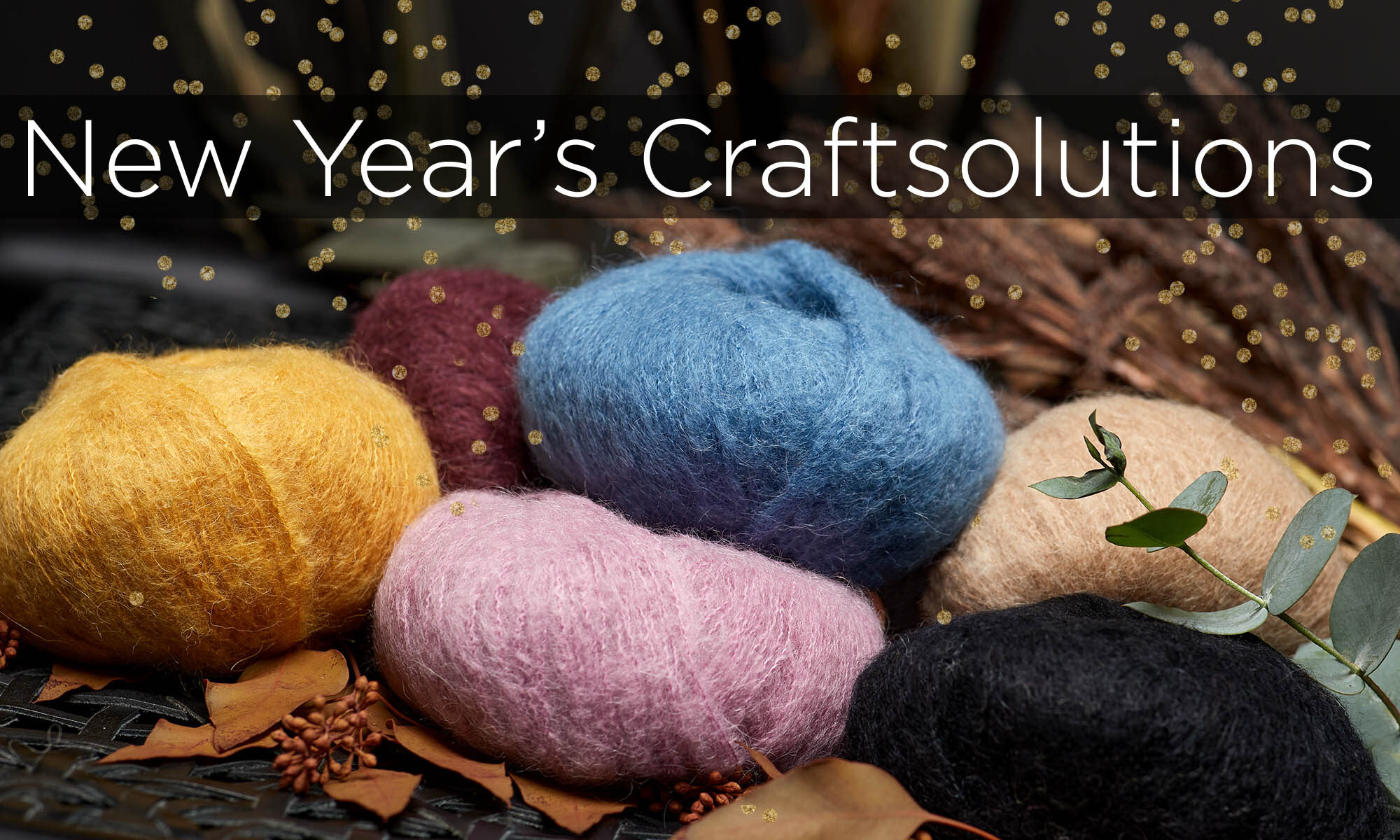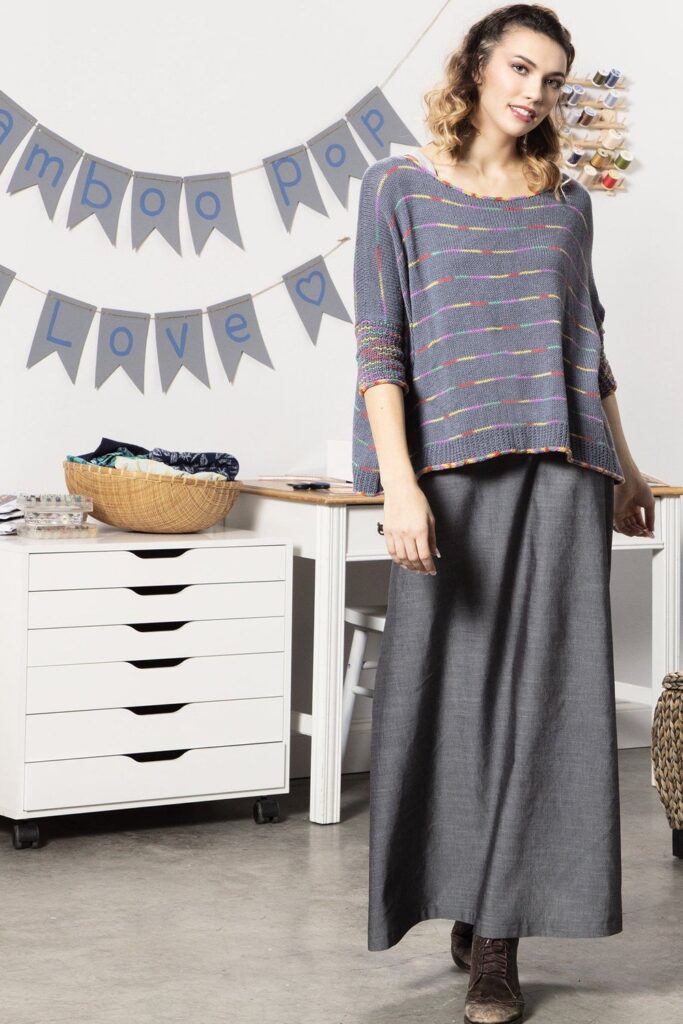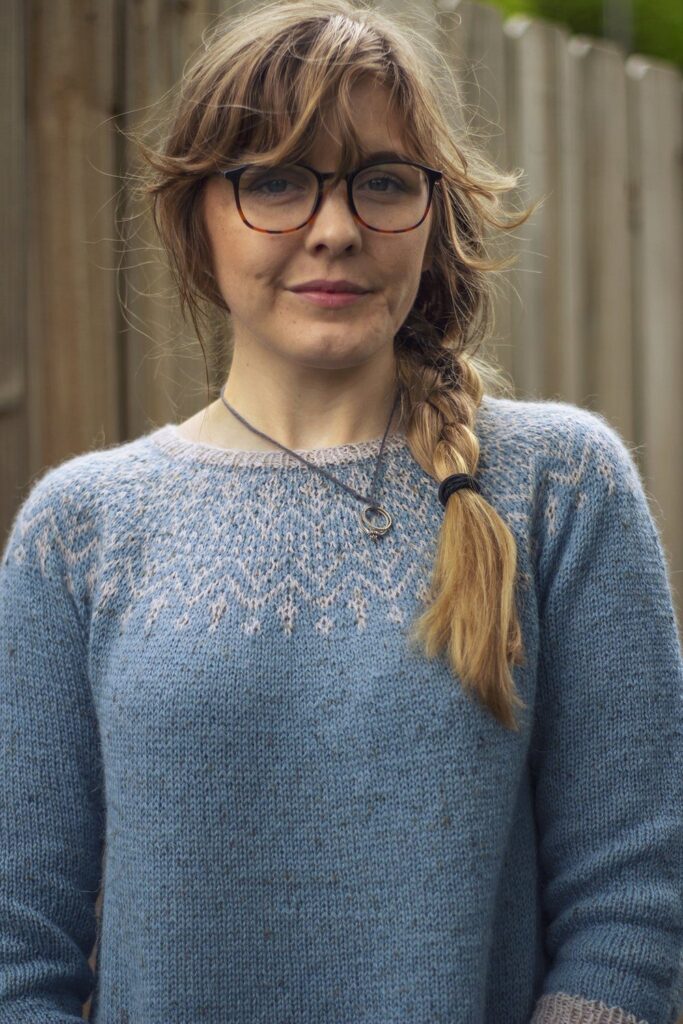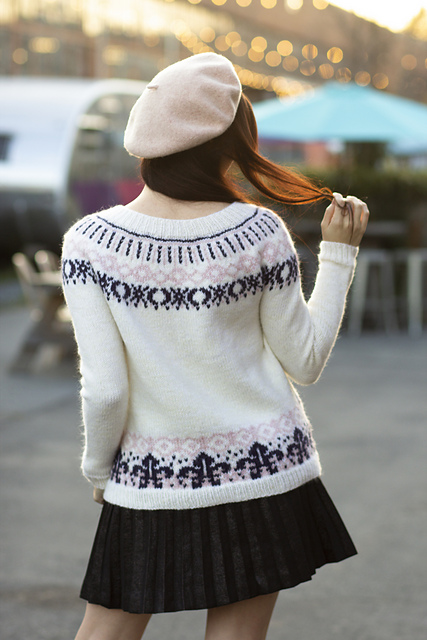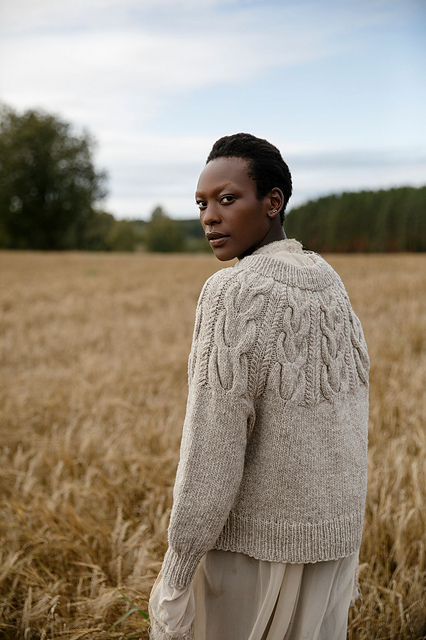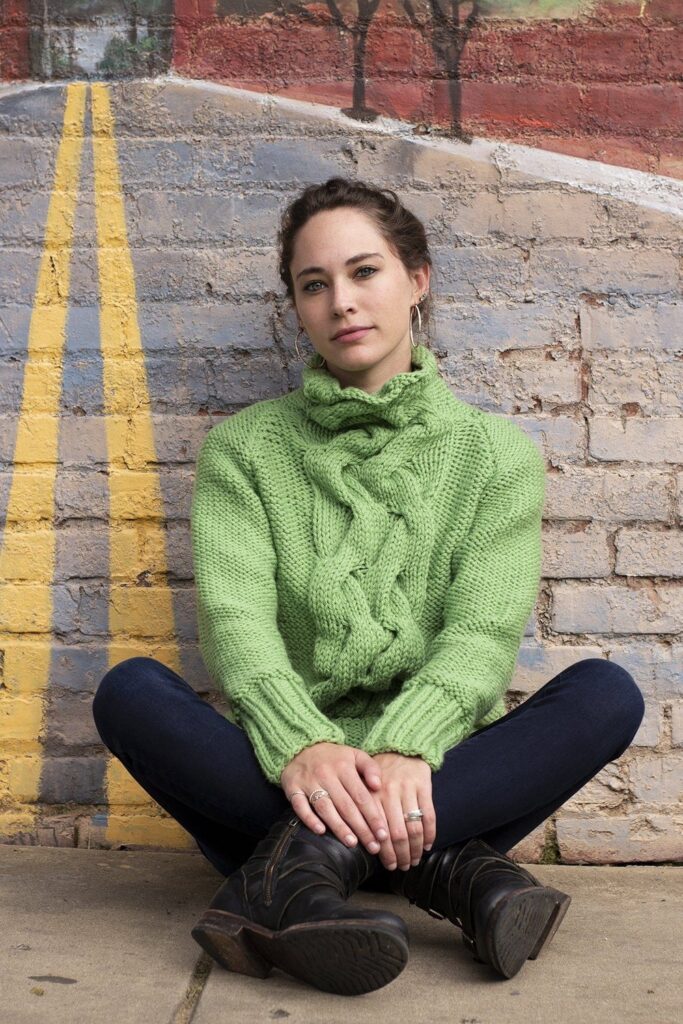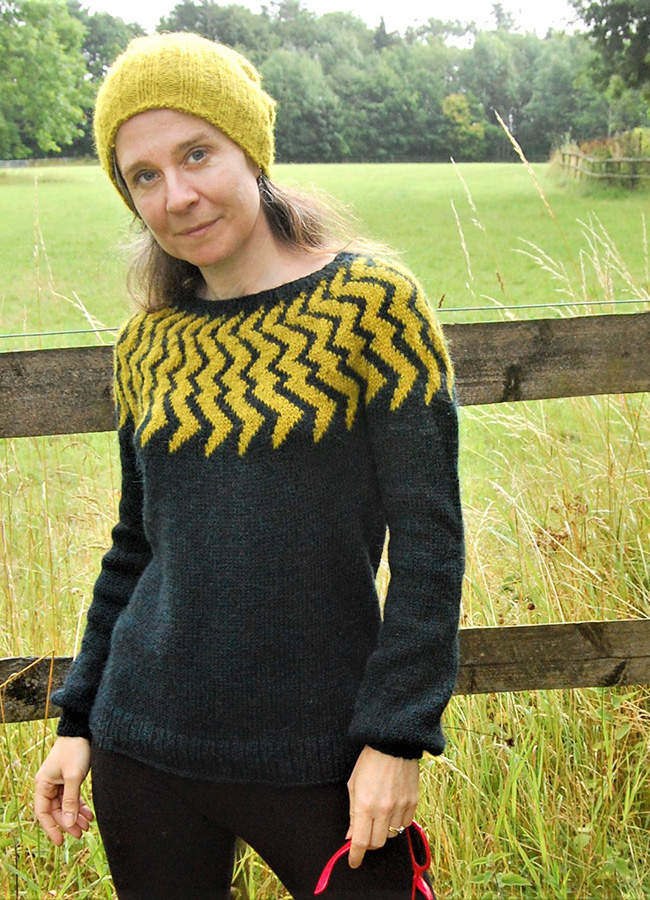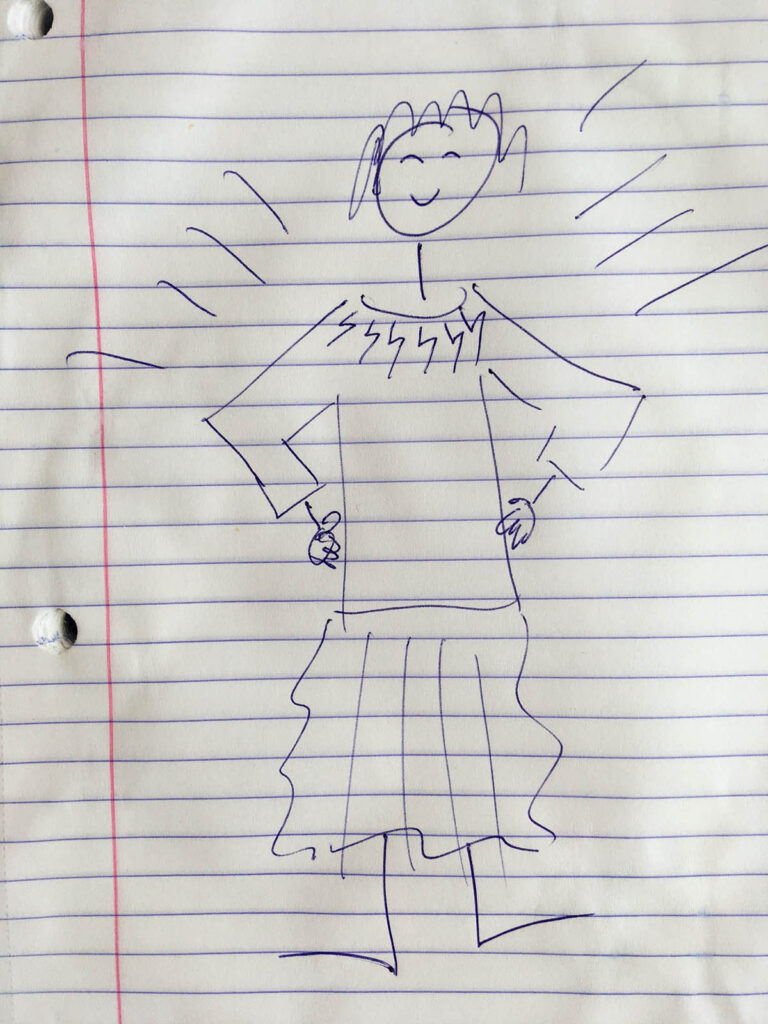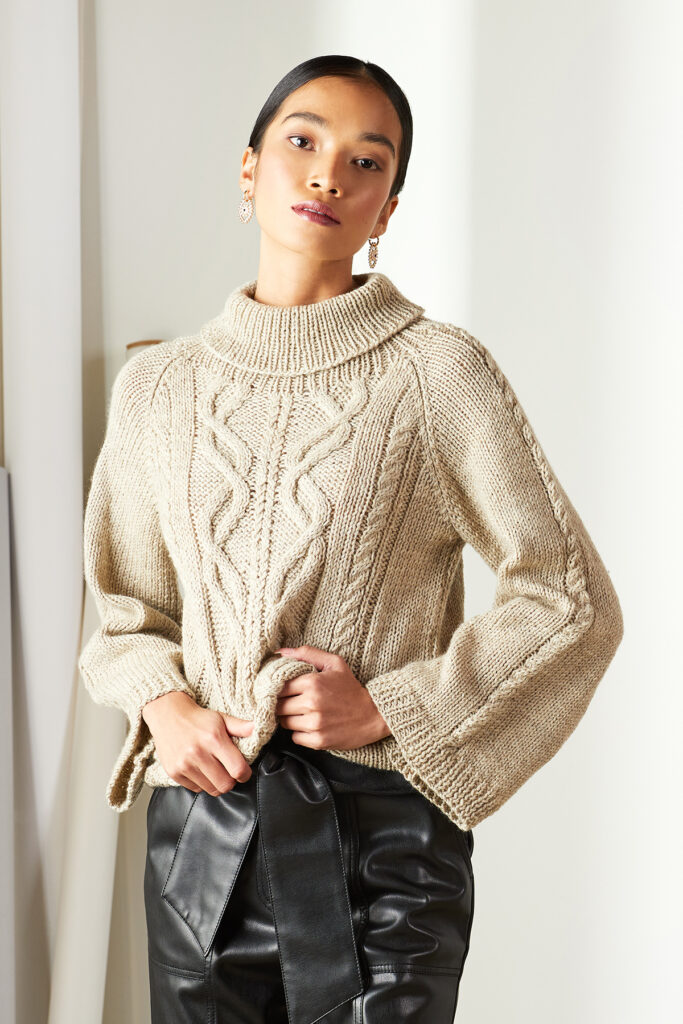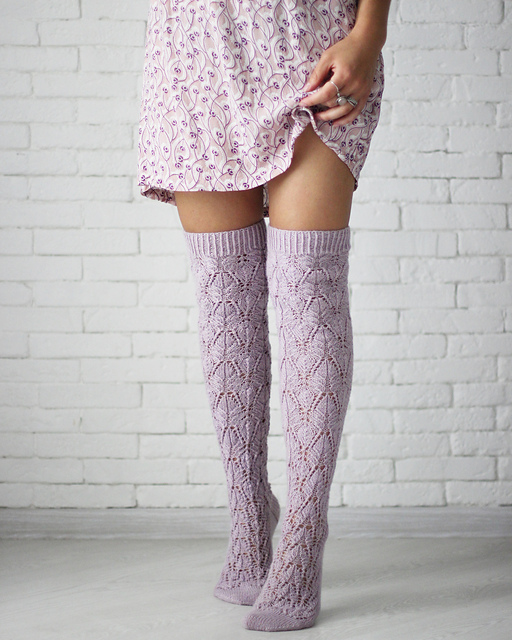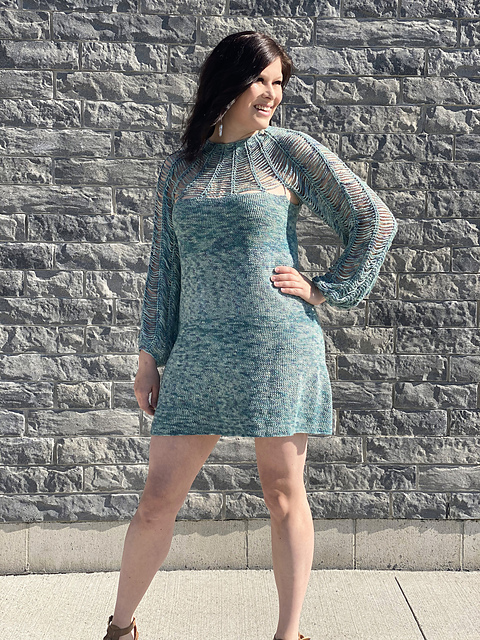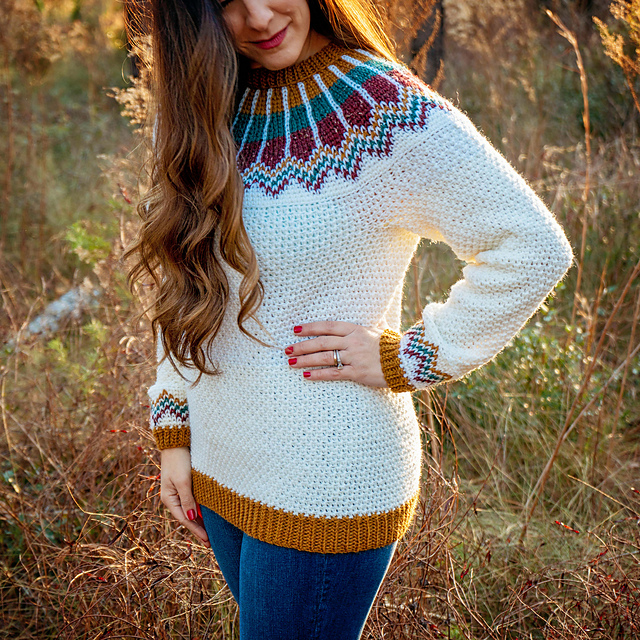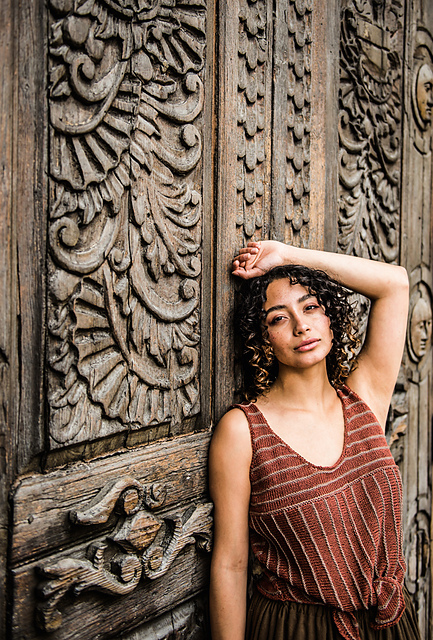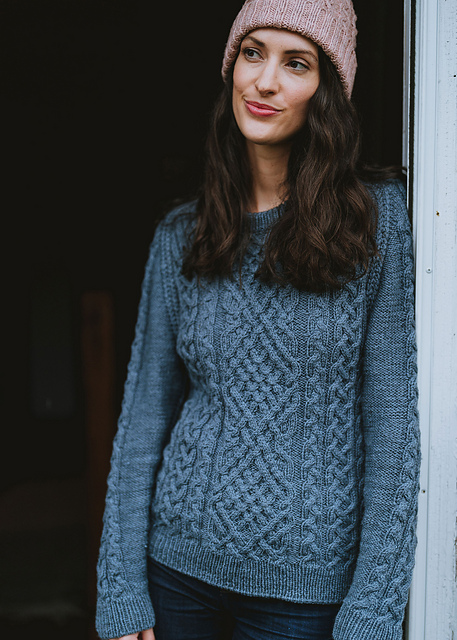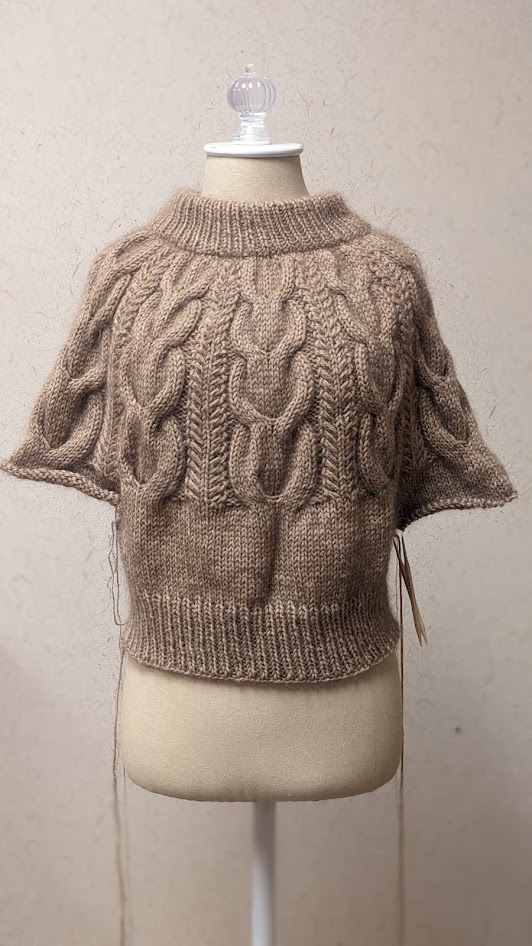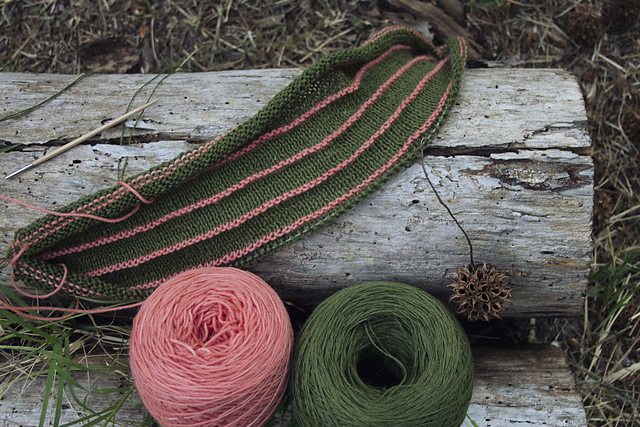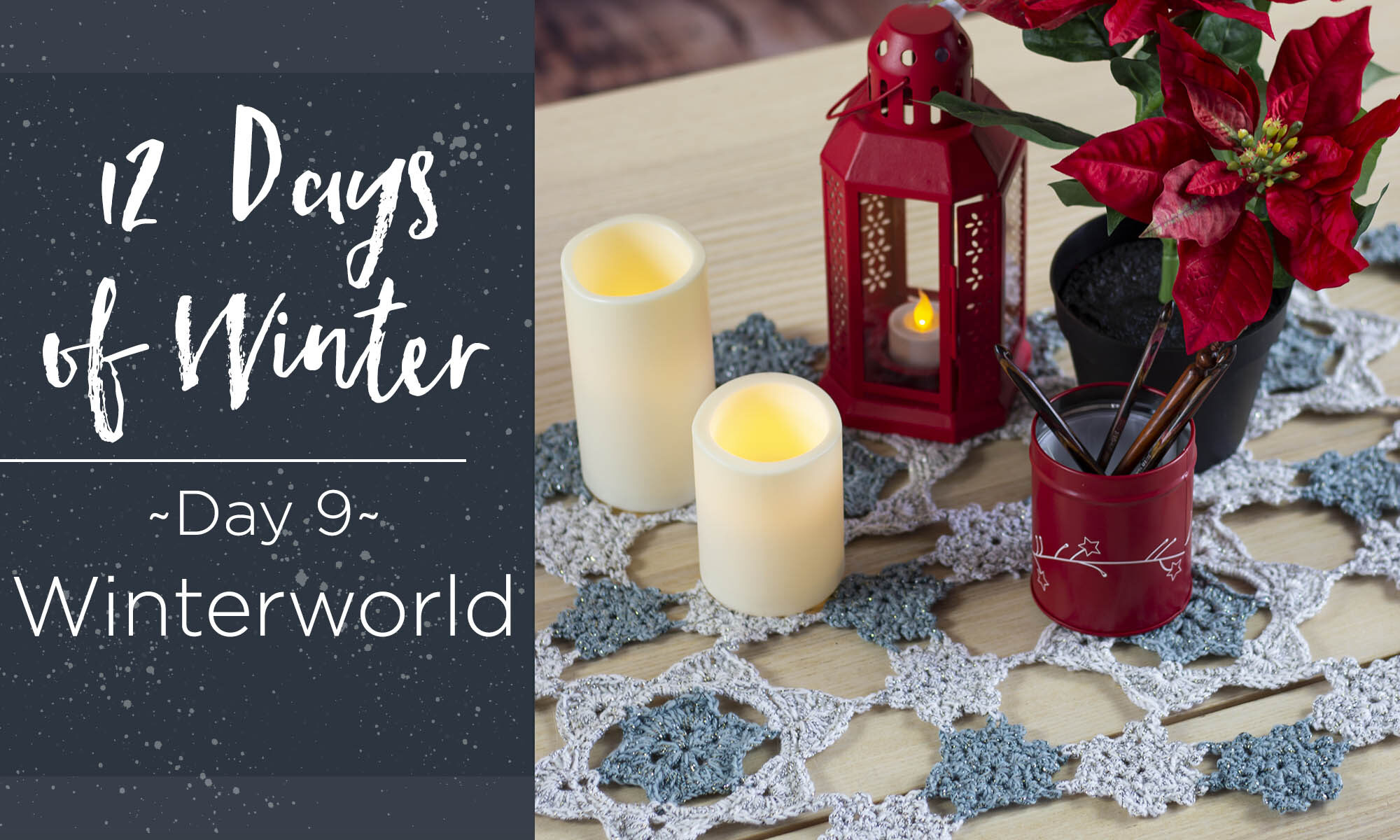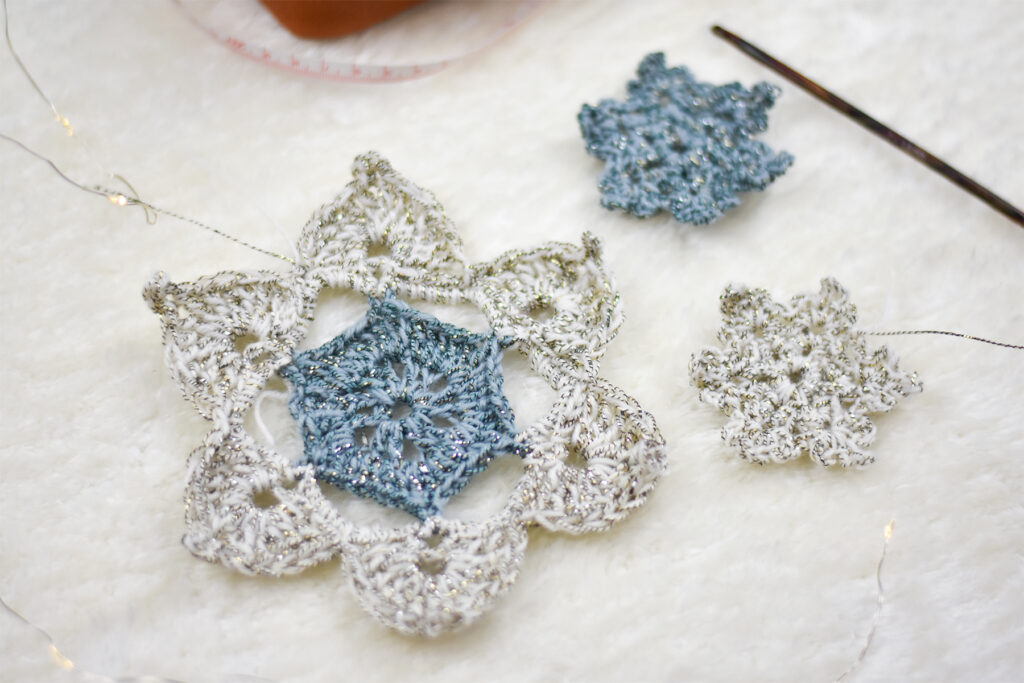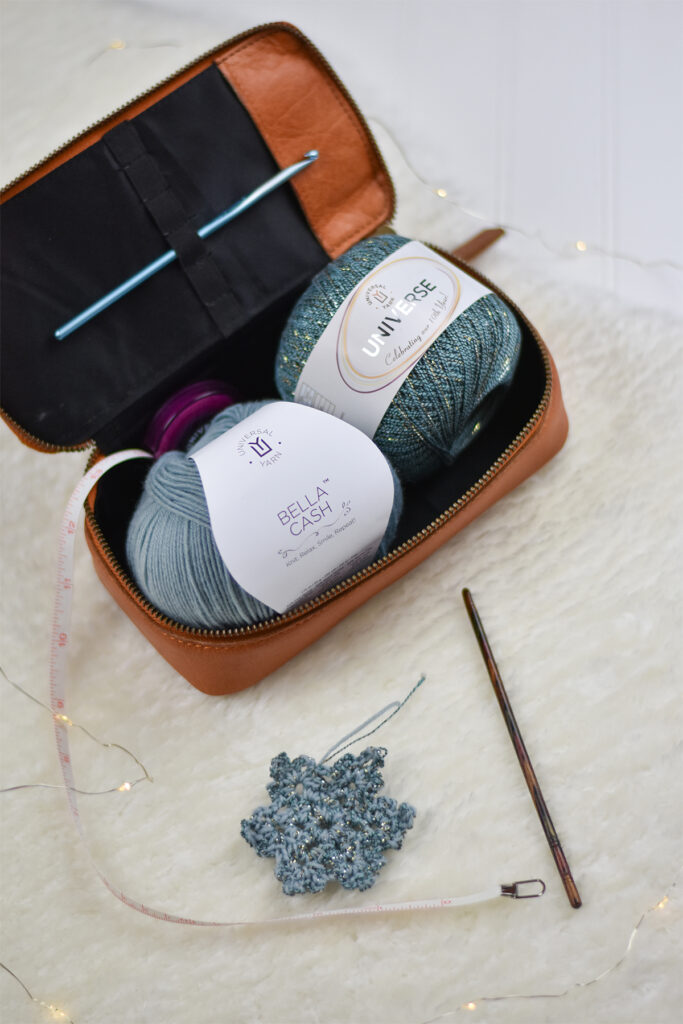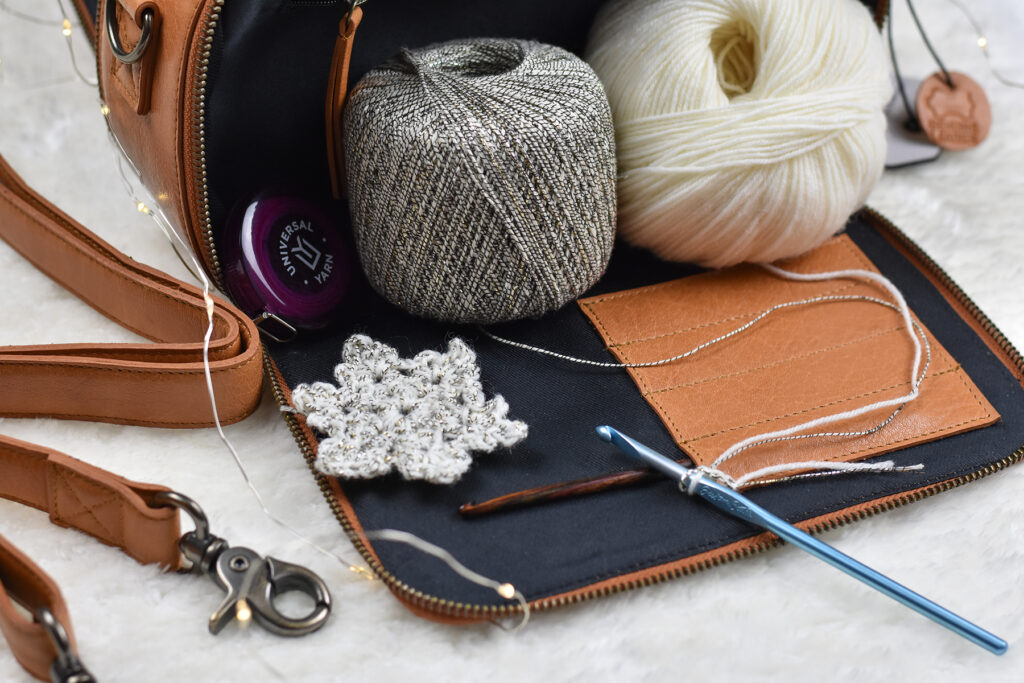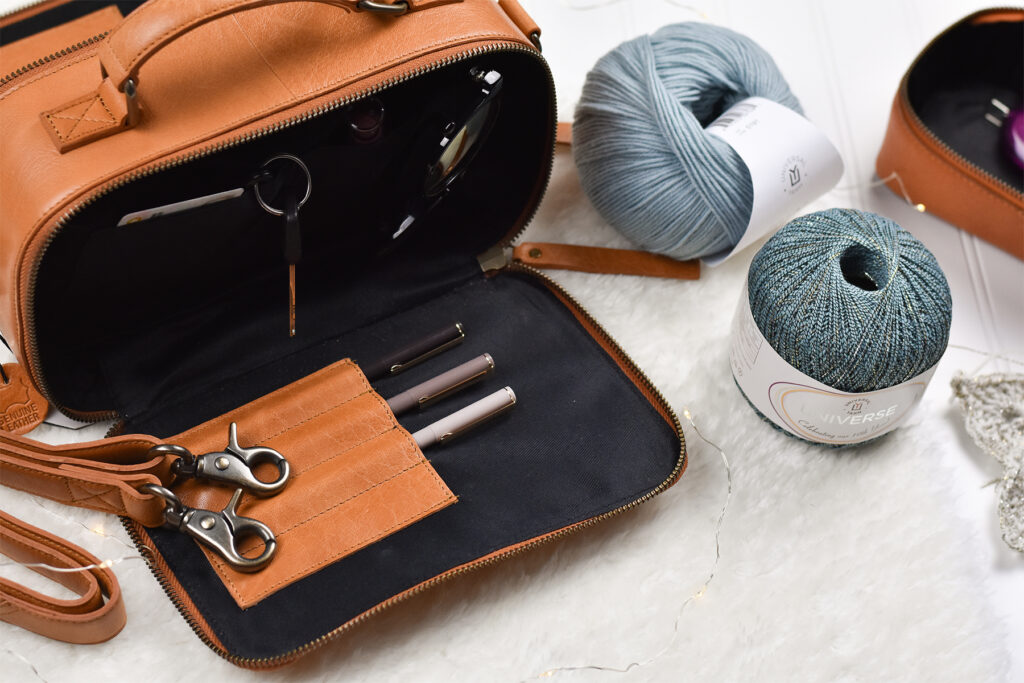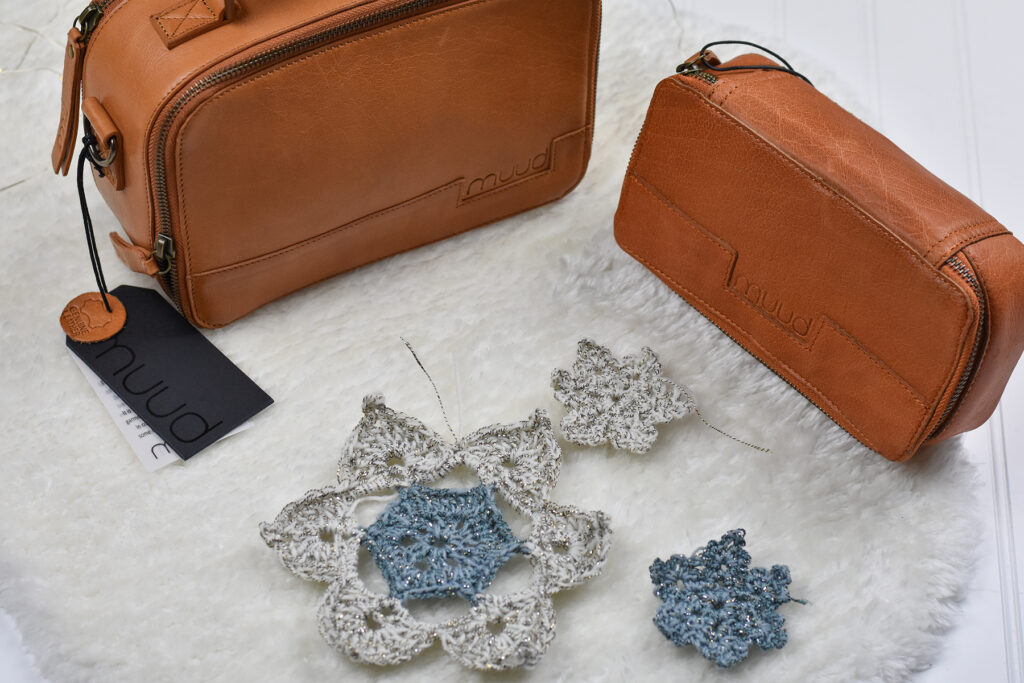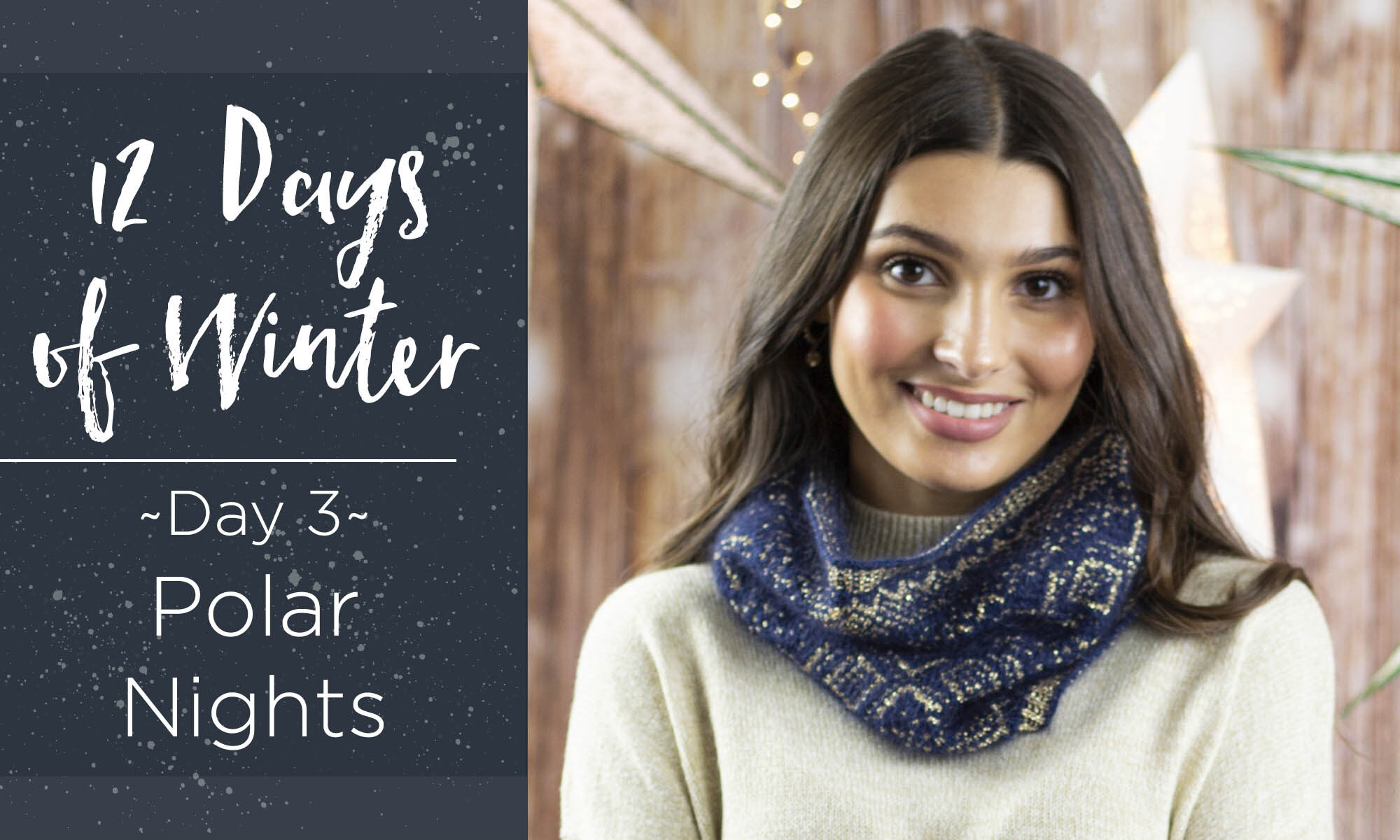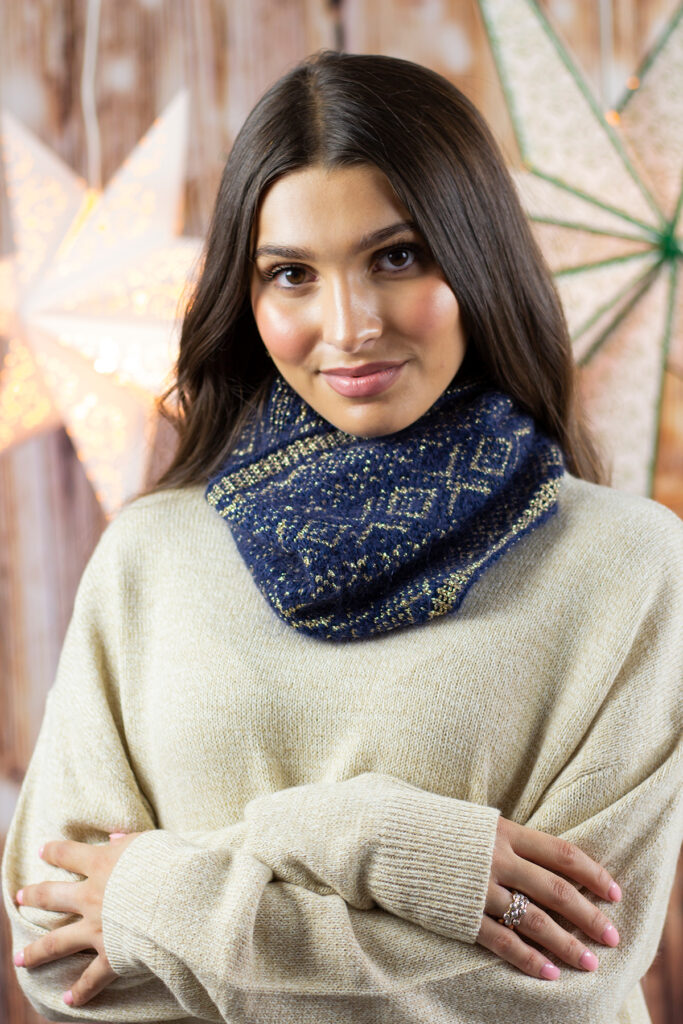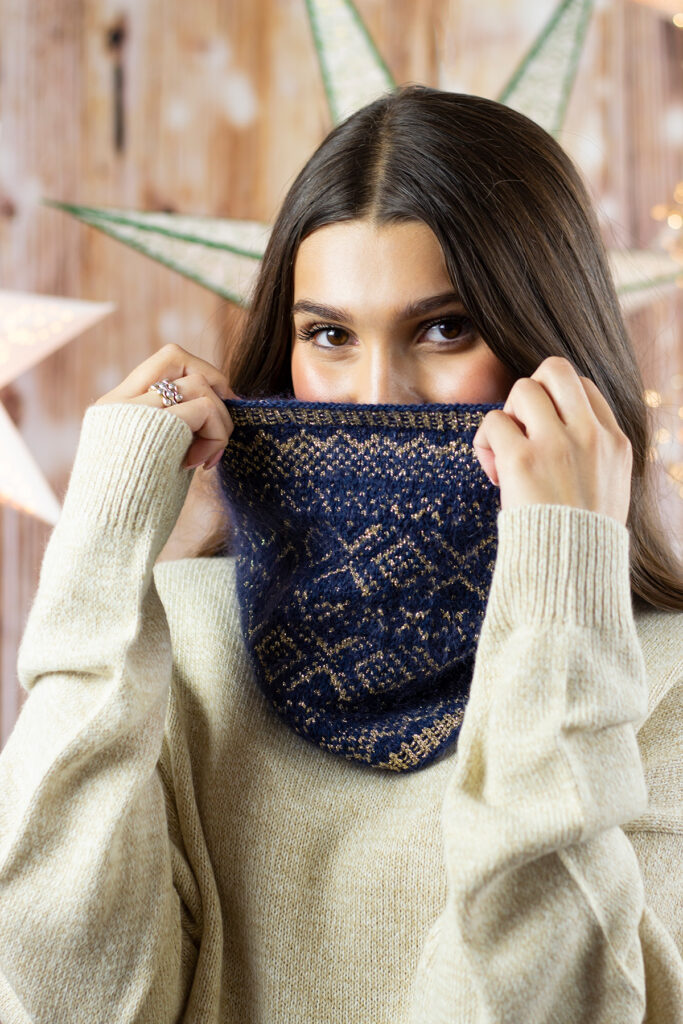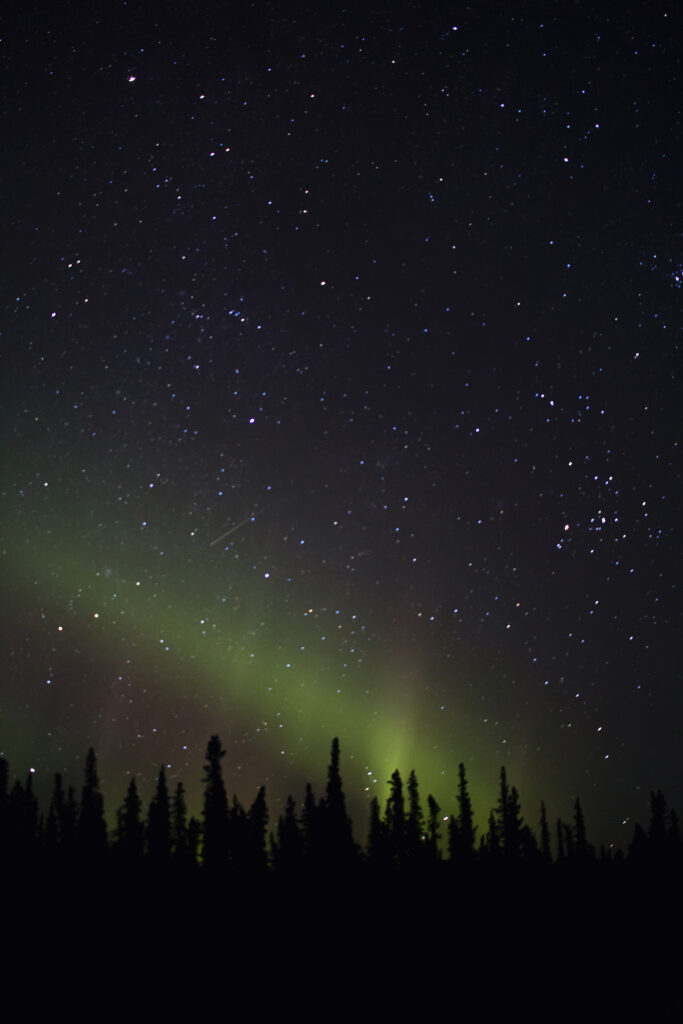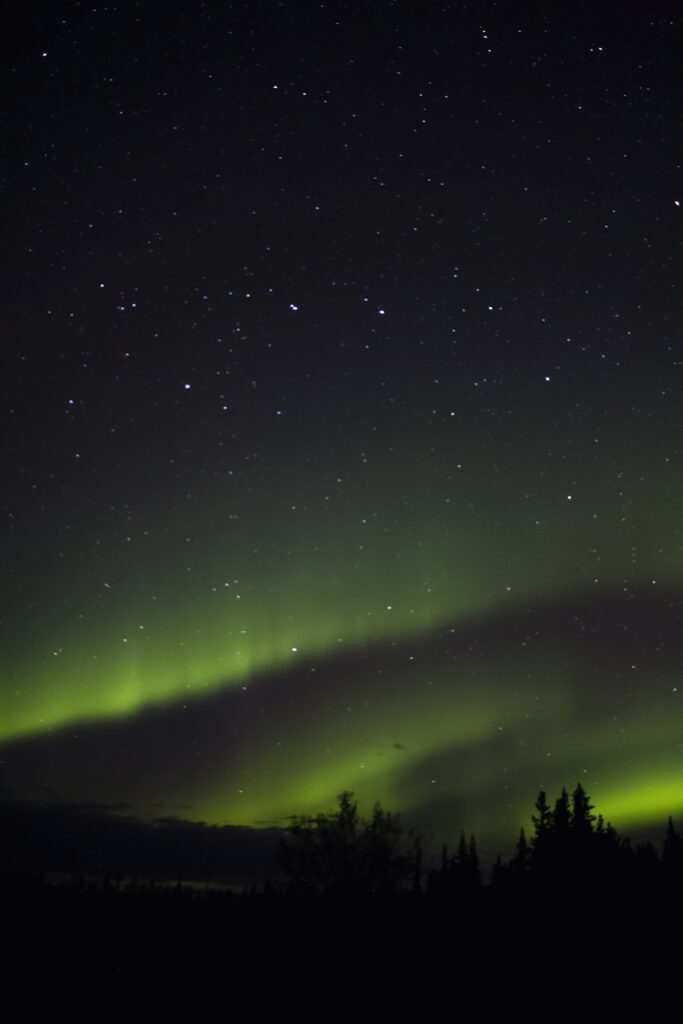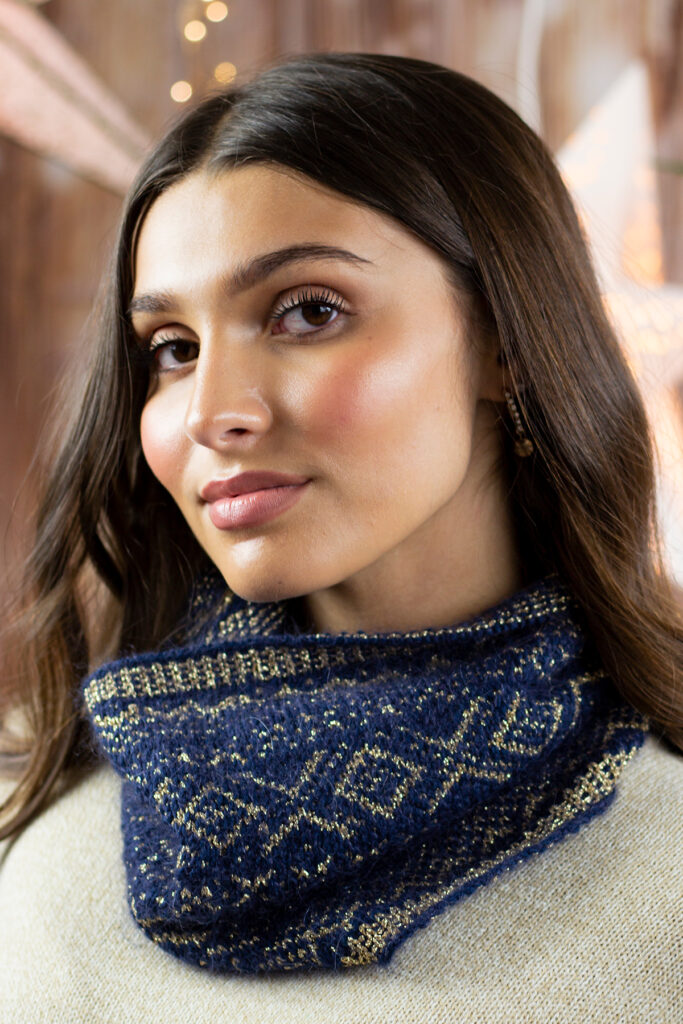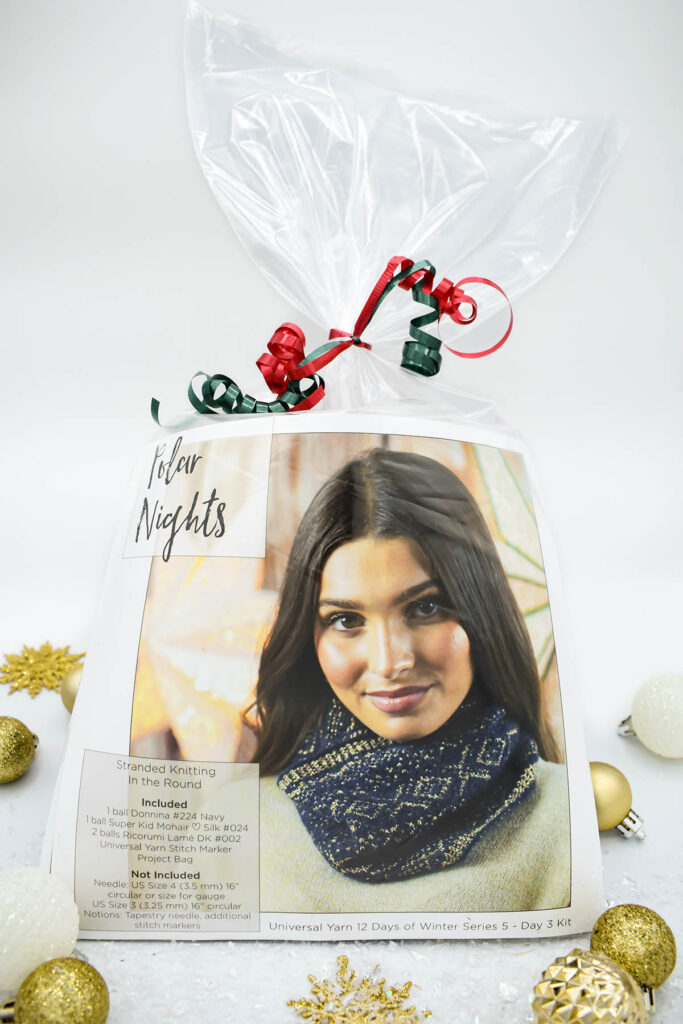As a yarn company, we would not be where we are today without the support of the local yarn stores who stock our products on their shelves. From humble beginnings, we now have over 800 local yarn store retailers around the world who carry our yarns. The support these shops give to our company is amazing, and we want to spread the love back to them as much as possible. On social media, we consistently feature projects from local yarn shops and share our retailers, but we wanted to dig a little deeper and get to know some of these wonderful shops and owners even better. We’ve started an initiative to interview some of our local yarn store retailers to learn a little more about them, their shops, and what keeps business going.
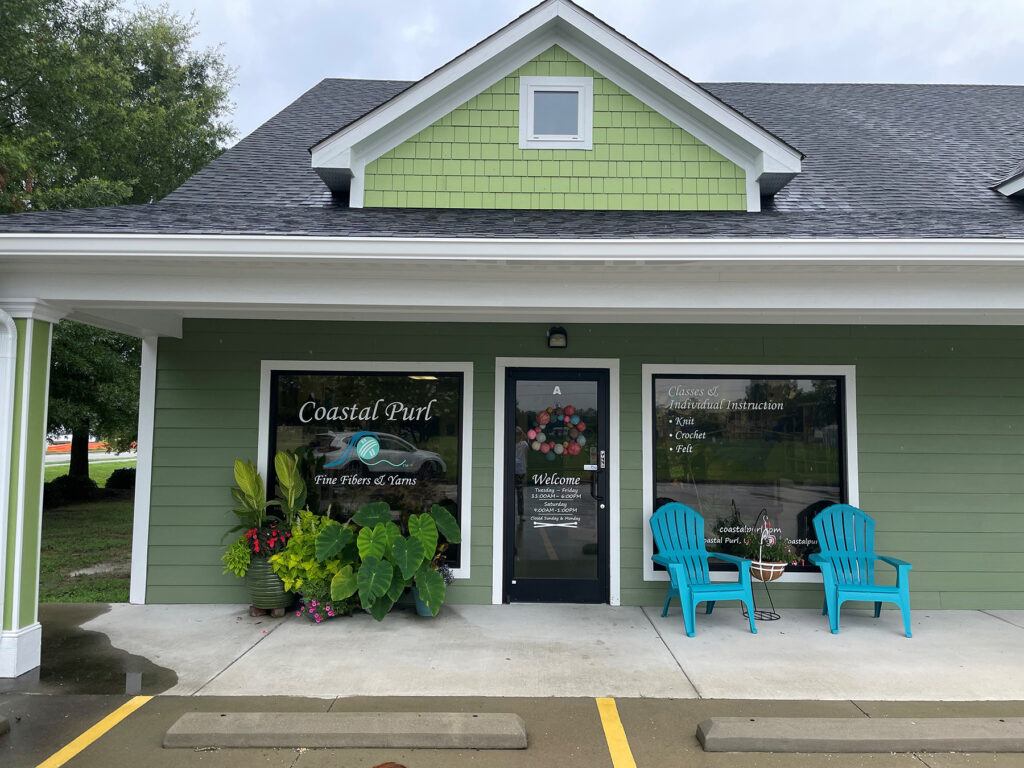
Along the coast of northeastern North Carolina lives a beautiful community of knitters and crocheters. Coastal Purl has helped create that community, and offers them a place to gather and purchase yarn for their projects. How did it get here? Well, we got the opportunity to interview Katherine Rogers (store owner) to learn more about her amazing shop. Stick around to hear more about our conversation with Katherine of Coastal Purl!
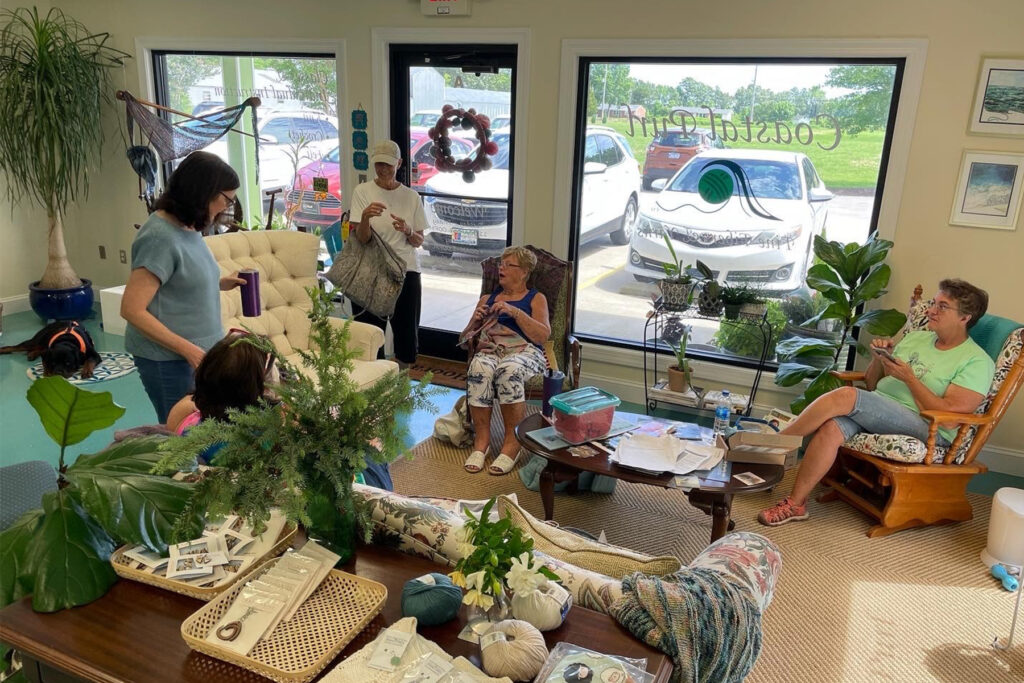
Katherine Rogers is the owner of Coastal Purl, which is located in Elizabeth City, North Carolina. She describes herself as a “lifelong knitter,” as she grew up with a mom and grandmother who were always knitting. A Maine native, Katherine moved down South for job opportunities within her family. With the move to a new place came the opportunity to try something new, so Katherine took the step to open her yarn shop in Spring 2020. You may look at that timing and say “how did she open a yarn shop amid the pandemic?” Well, we asked her that, and she responded by saying that the COVID-19 pandemic gave her the extra time she needed to get her store ready. As the North Carolina stay-at-home order came to an end in early May 2020, her store opened up. It looked to be great timing as she stated “COVID brought people in.” The loneliness of quarantine and the pandemic, in general, wasn’t easy for anyone, and shops like Coastal Purl offered people a way to keep themselves busy and create handmade projects during this difficult time.
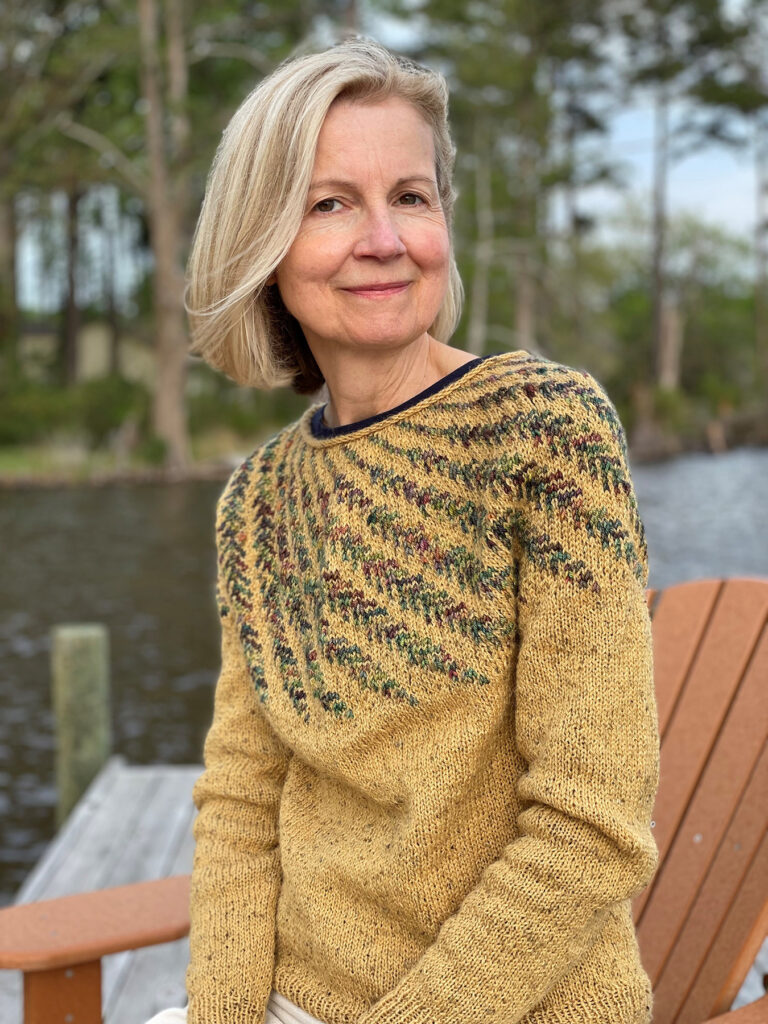
Two years after opening, Coastal Purl continues to bring a great sense of community to the locals of Elizabeth City. This store has been involved with all kinds of outreach, including the Knitted Knockers program, which some of our yarns have been approved for. Additionally, they provide plenty of events for their community, like going to the waterfront for Worldwide Knit Outside Day, and having “Knit Night Out” at local breweries in the area. Universal Yarn is honored to partner with a store that has such integrity, and thankfully the customers of Coastal Purl have received our yarn with smiles on their faces.
Katherine mentions in the interview, “One of the favorite yarns here is Wool Pop.” As you can see in the photograph below, the customers at Coastal Purl love to create with Wool Pop, and what’s not to love about this yarn. The slight sheen from the way the bamboo and wool take the dye makes this yarn stand out regardless of the project. Other yarns she mentions as popular choices are Bamboo Pop and Bamboo Pop Sock.
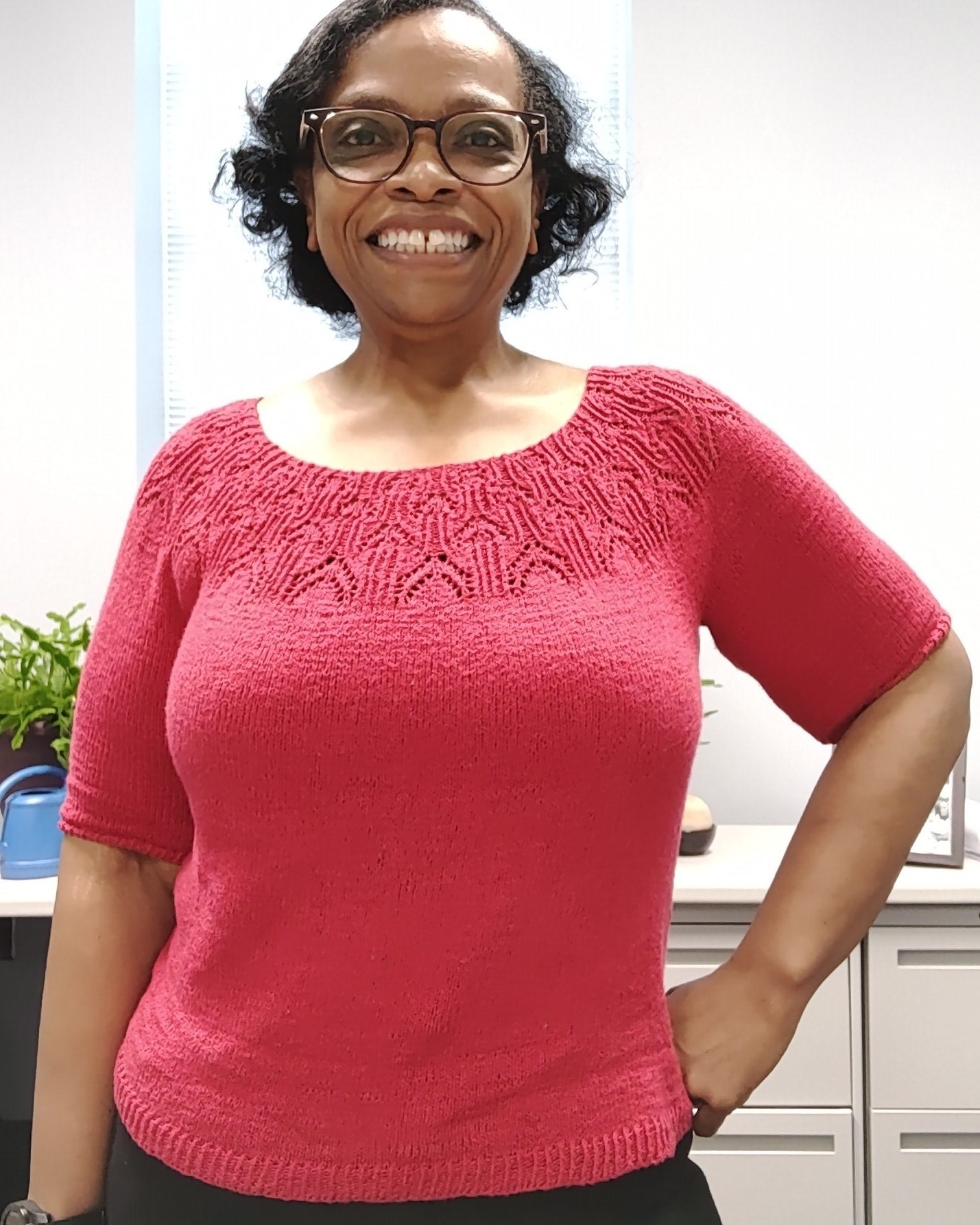
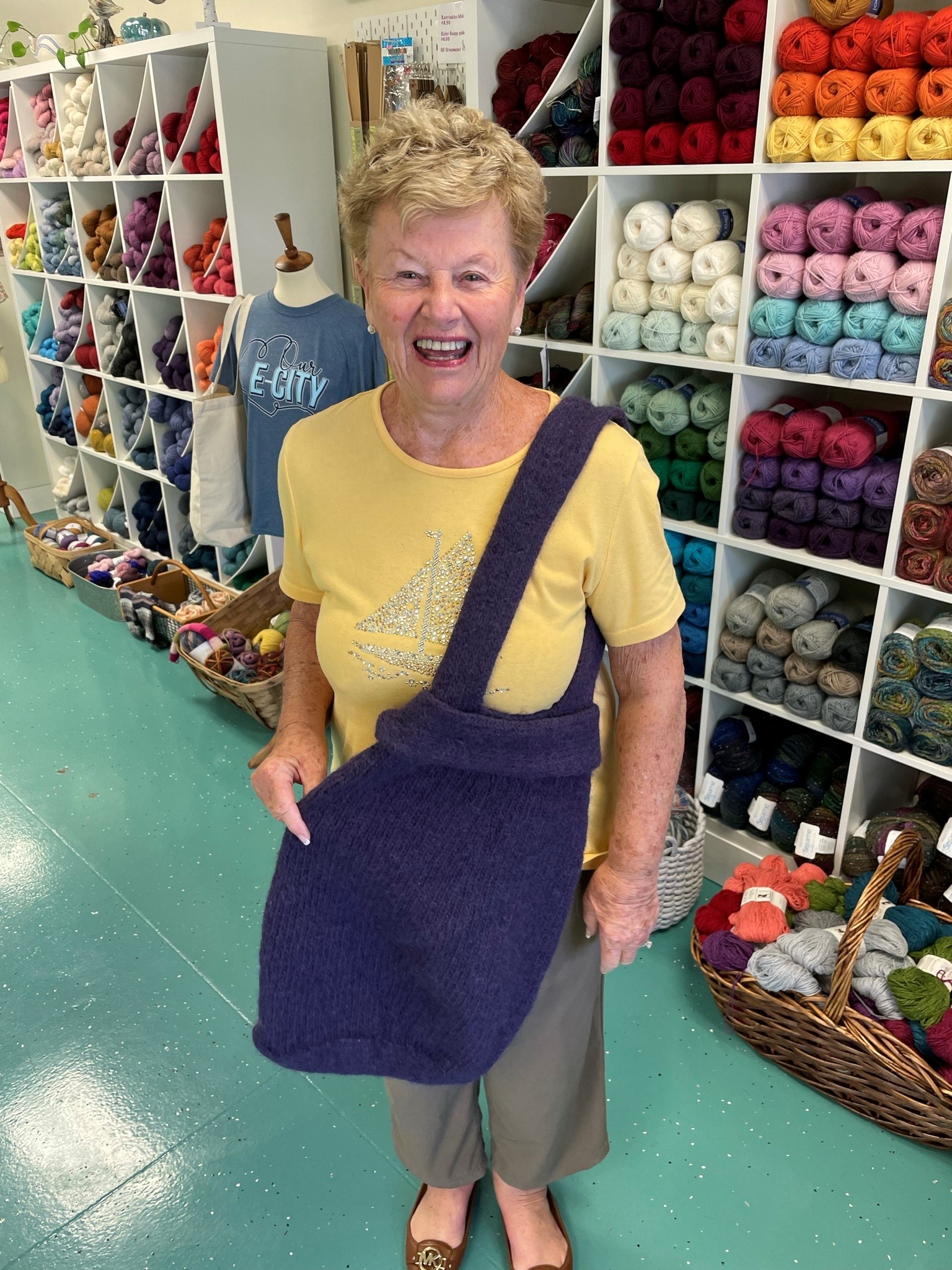
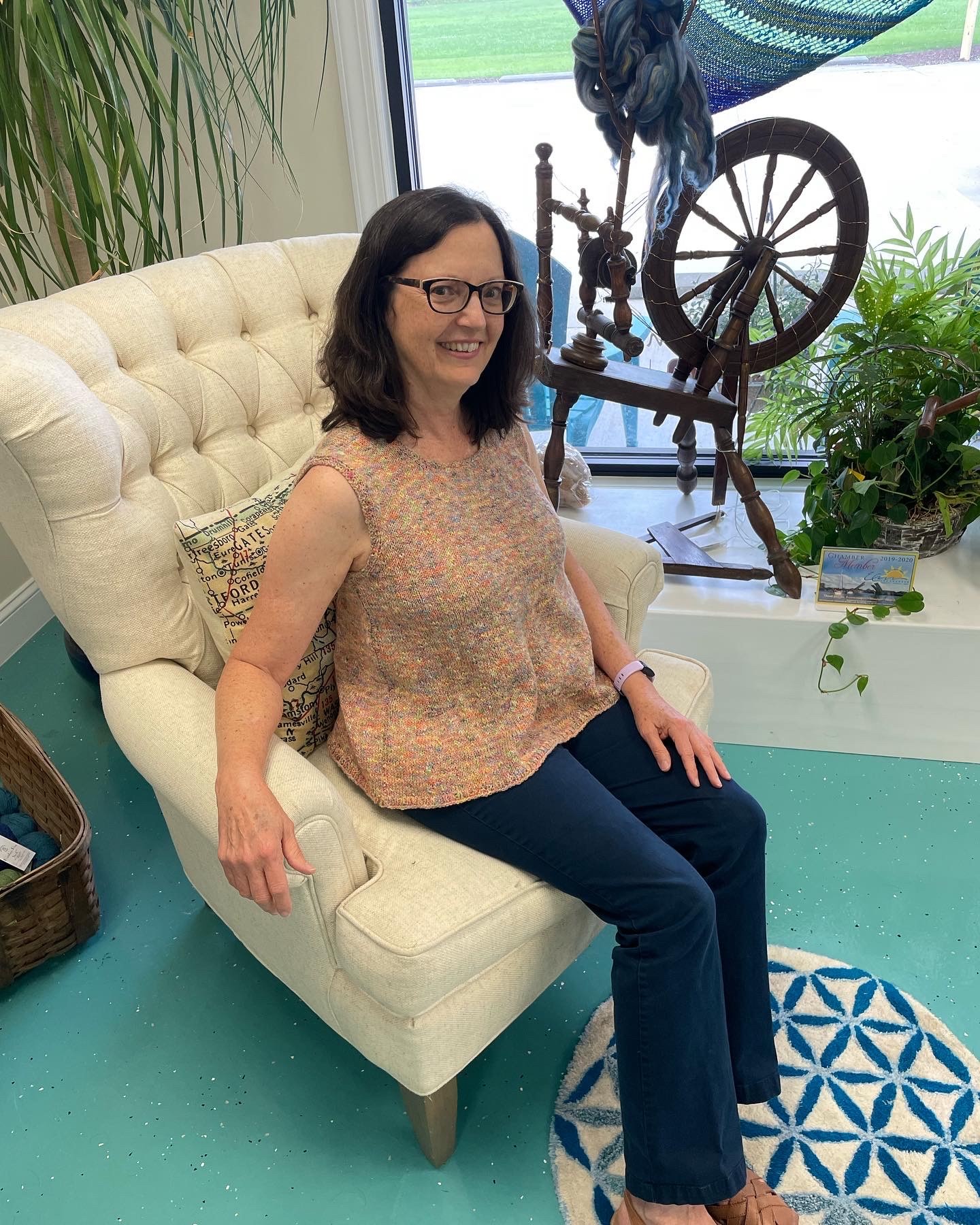
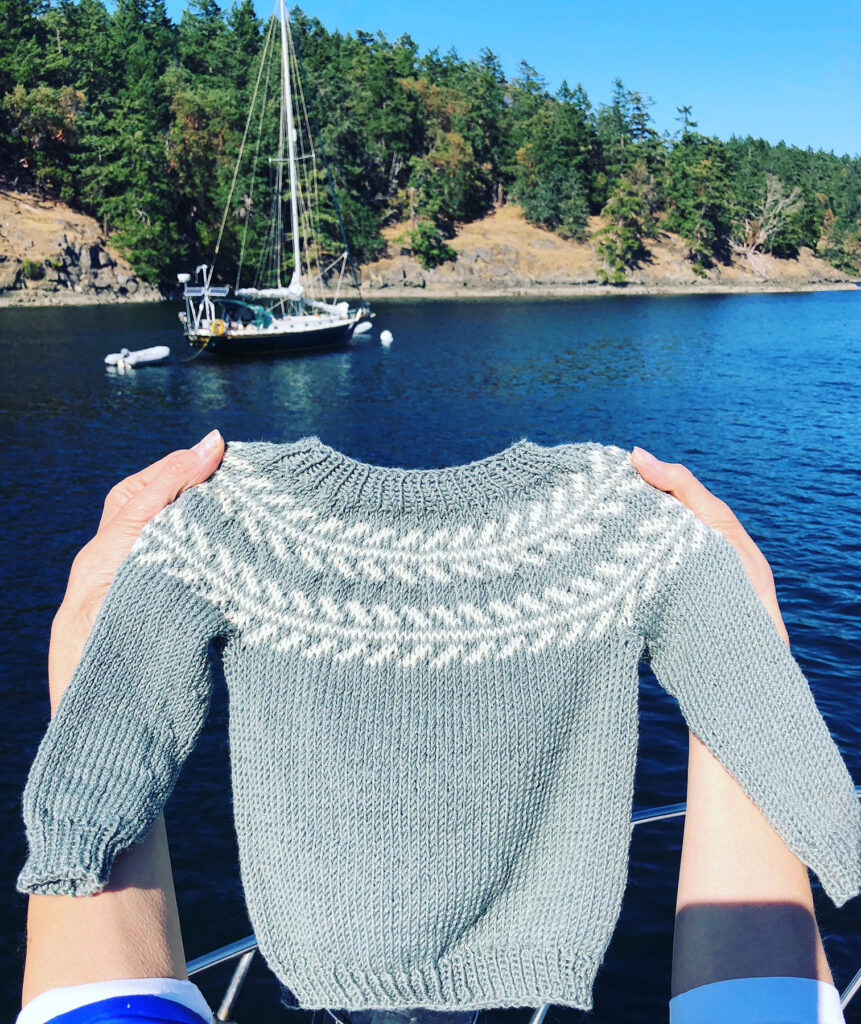
We loved talking with Coastal Purl’s owner! You can watch the whole conversation below! Play the video below to see the full interview with Katherine Rogers and learn more about her shop.
It’s safe to say Coastal Purl is a great spot for all you yarn lovers. However, we know not everyone lives in northeastern North Carolina. Fortunately for you, Coastal Purl has created an online community for those who are not able to be there in-person. On their website, you can see their calendar or events, and even shop your favorite yarns! We hope you enjoy Coastal Purl as much as we do!
